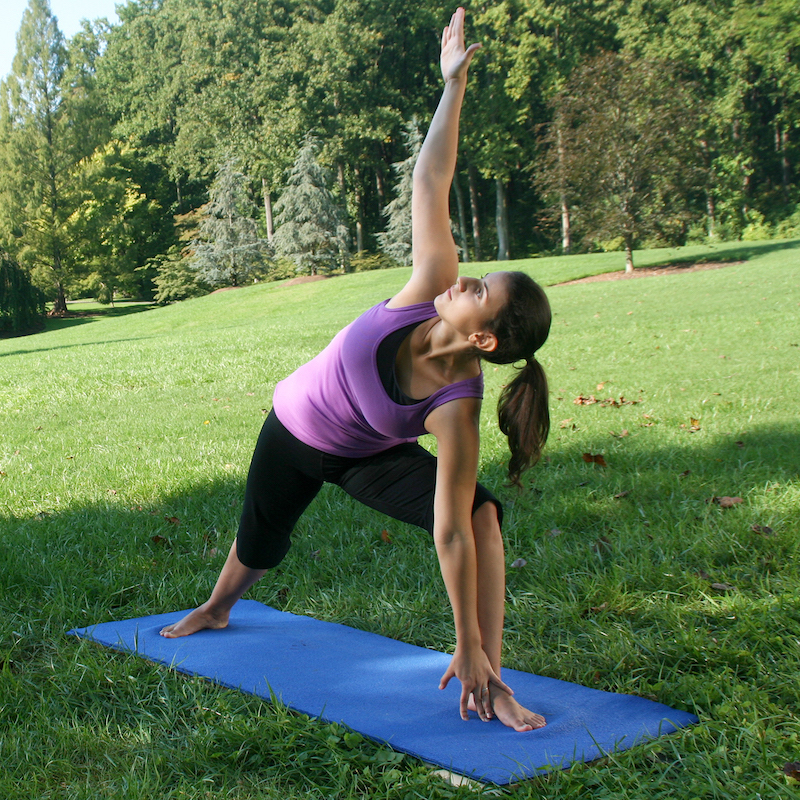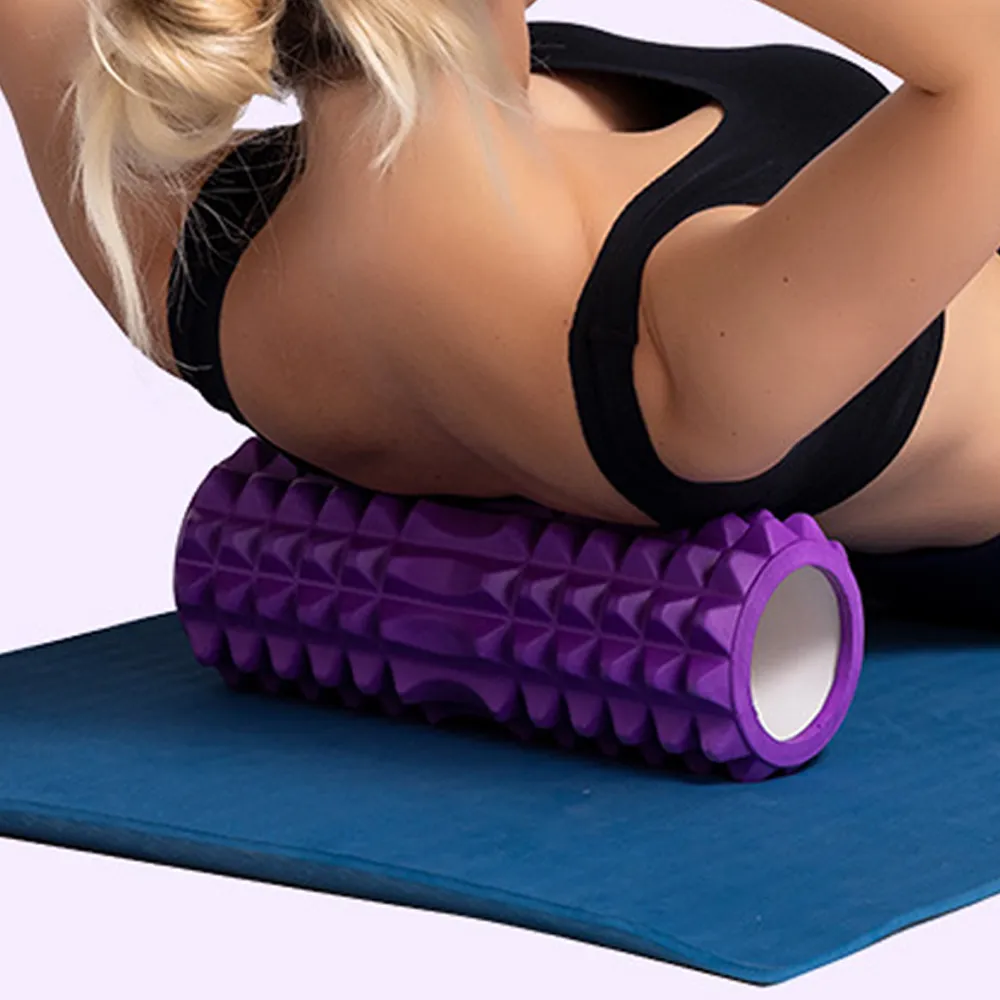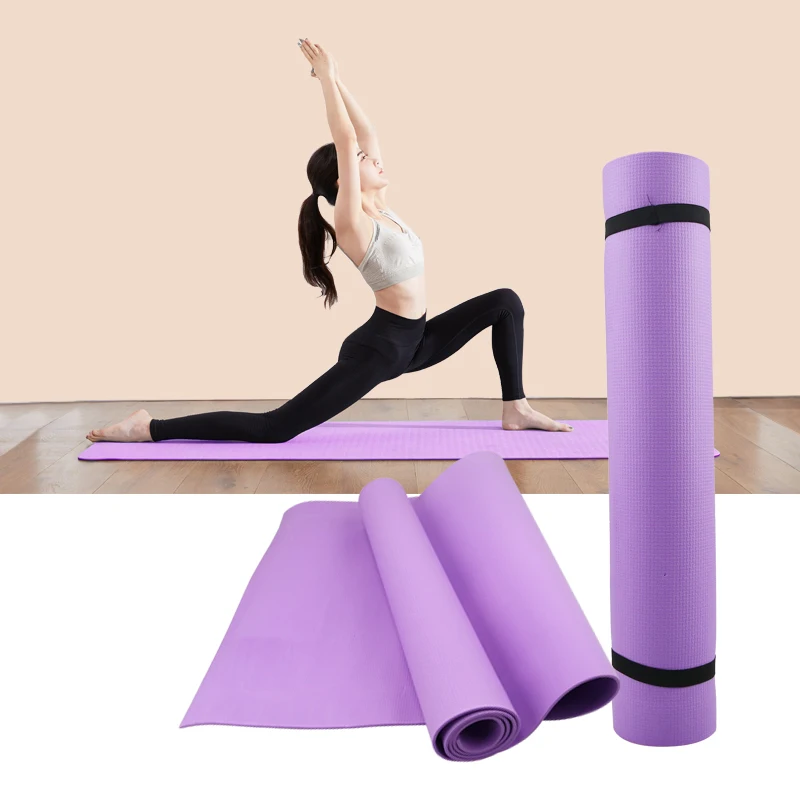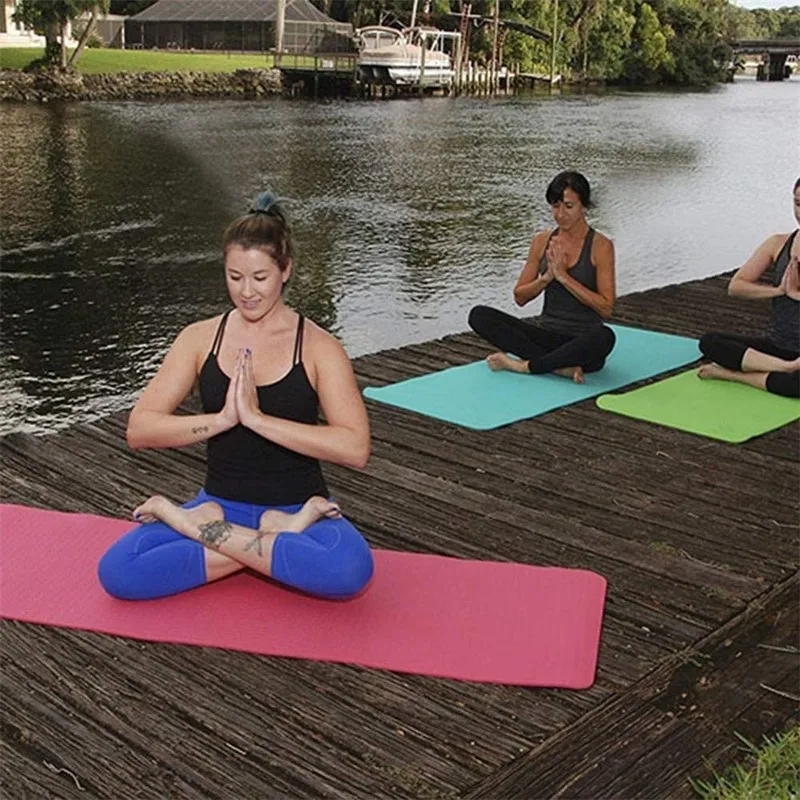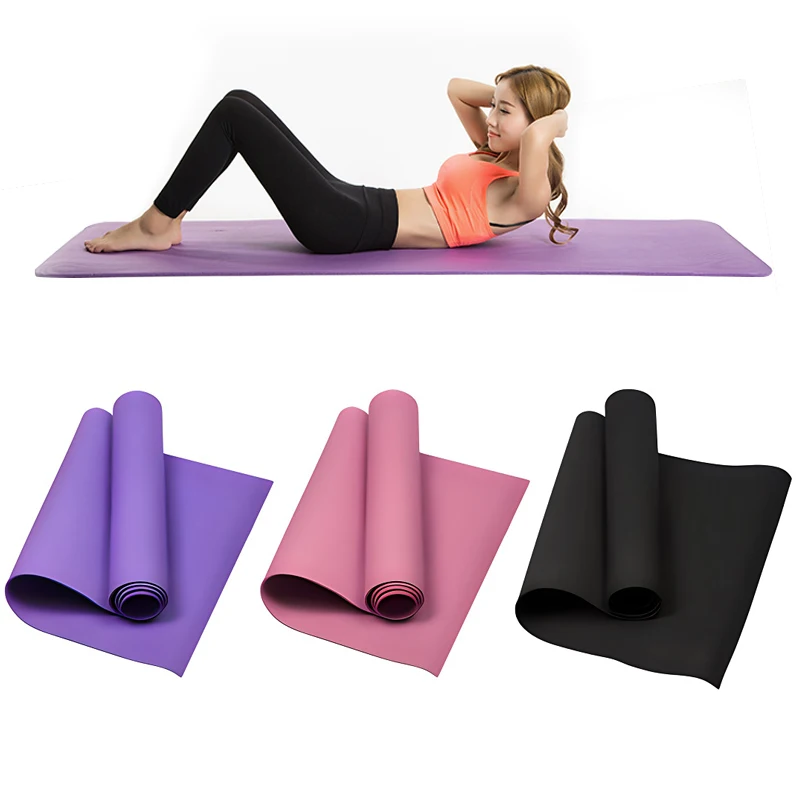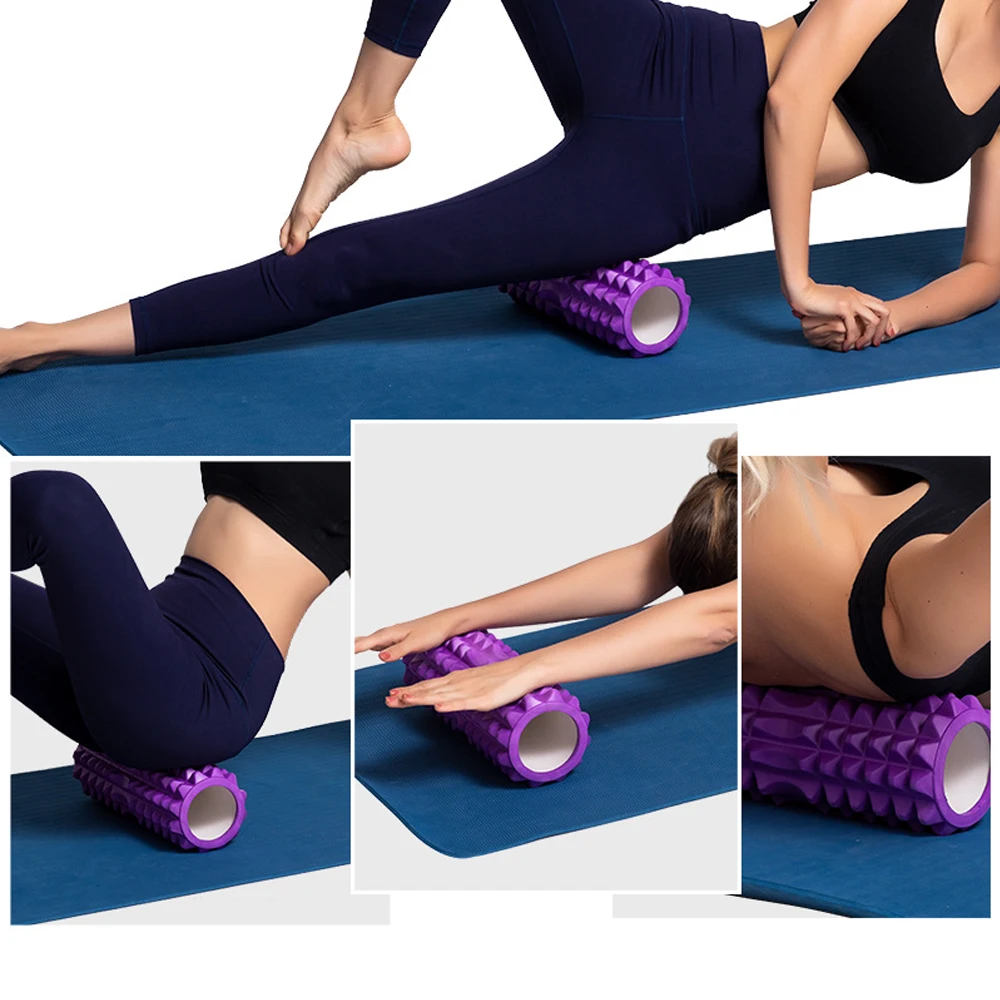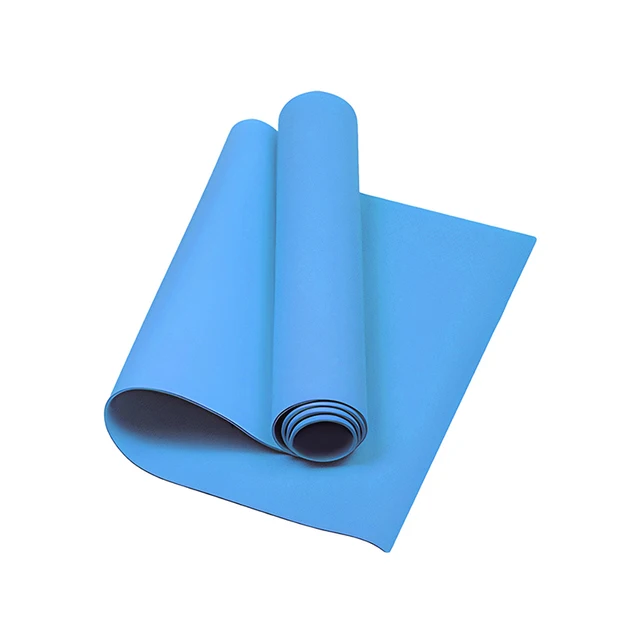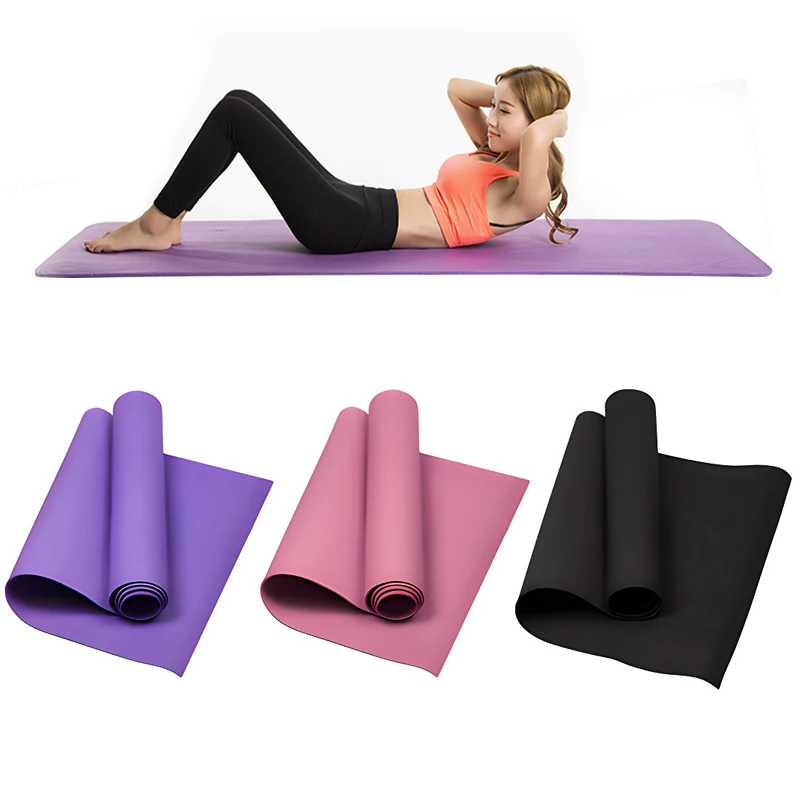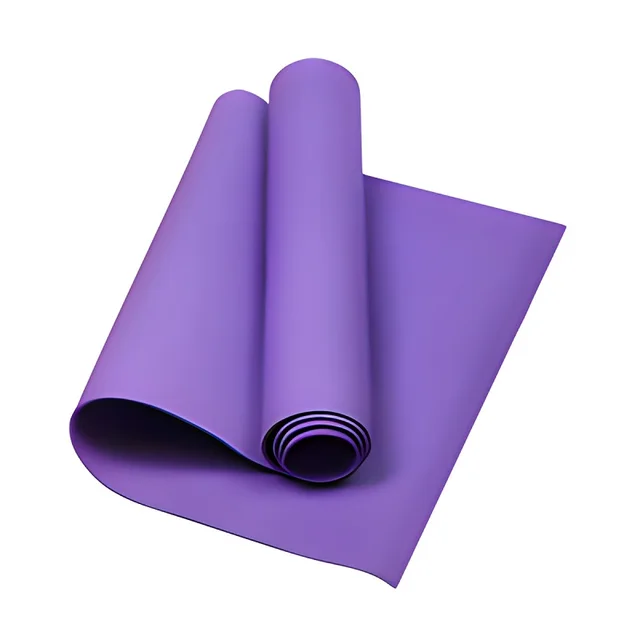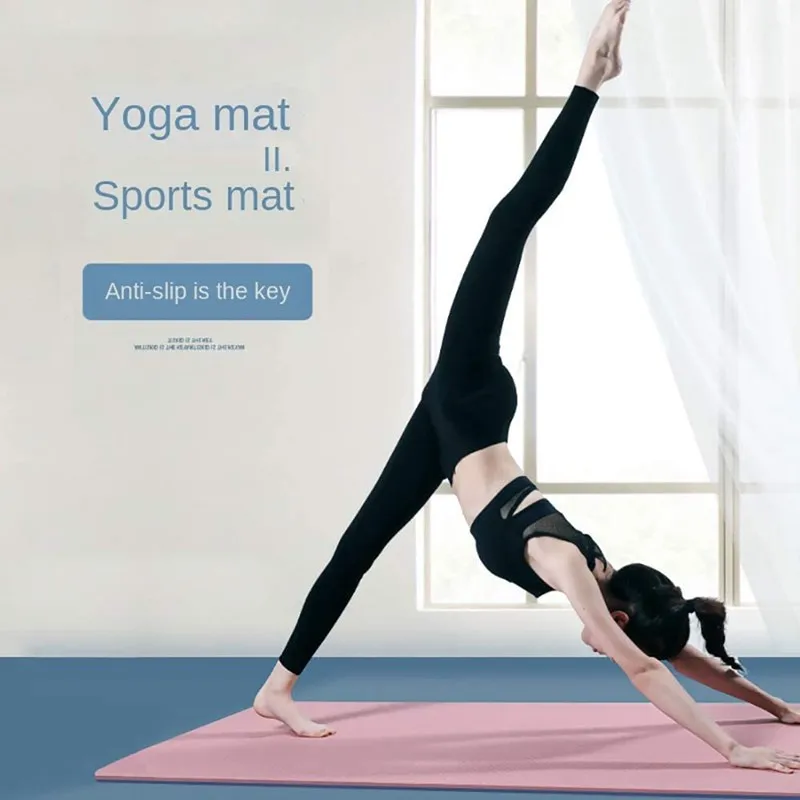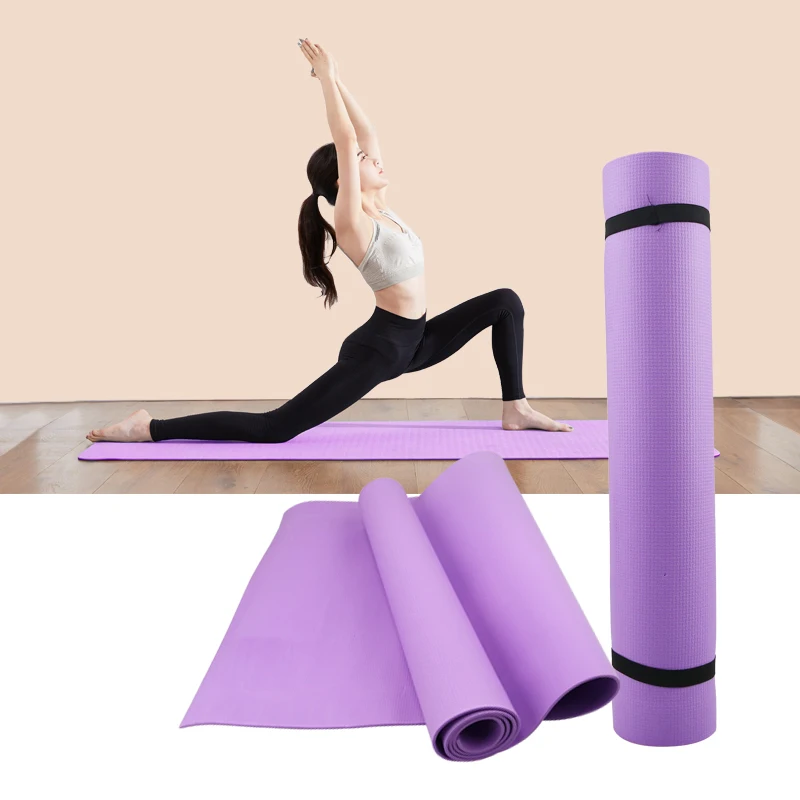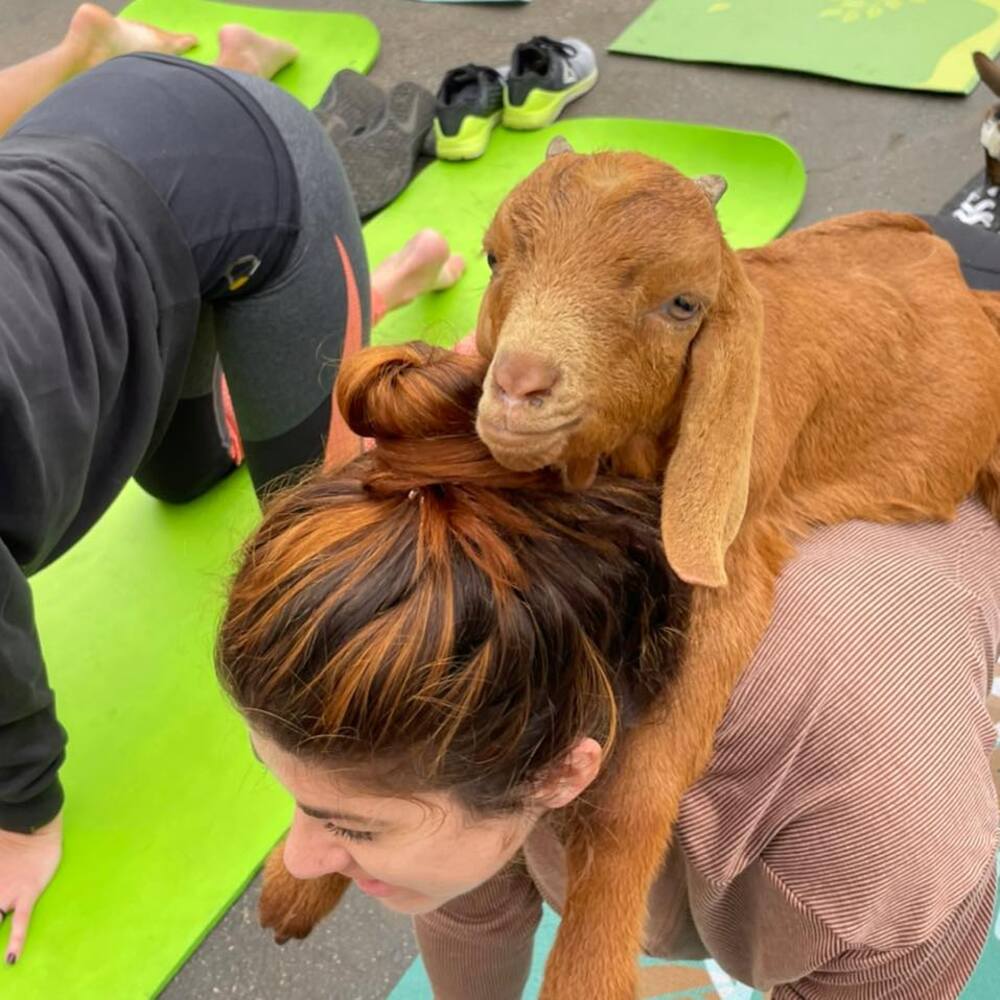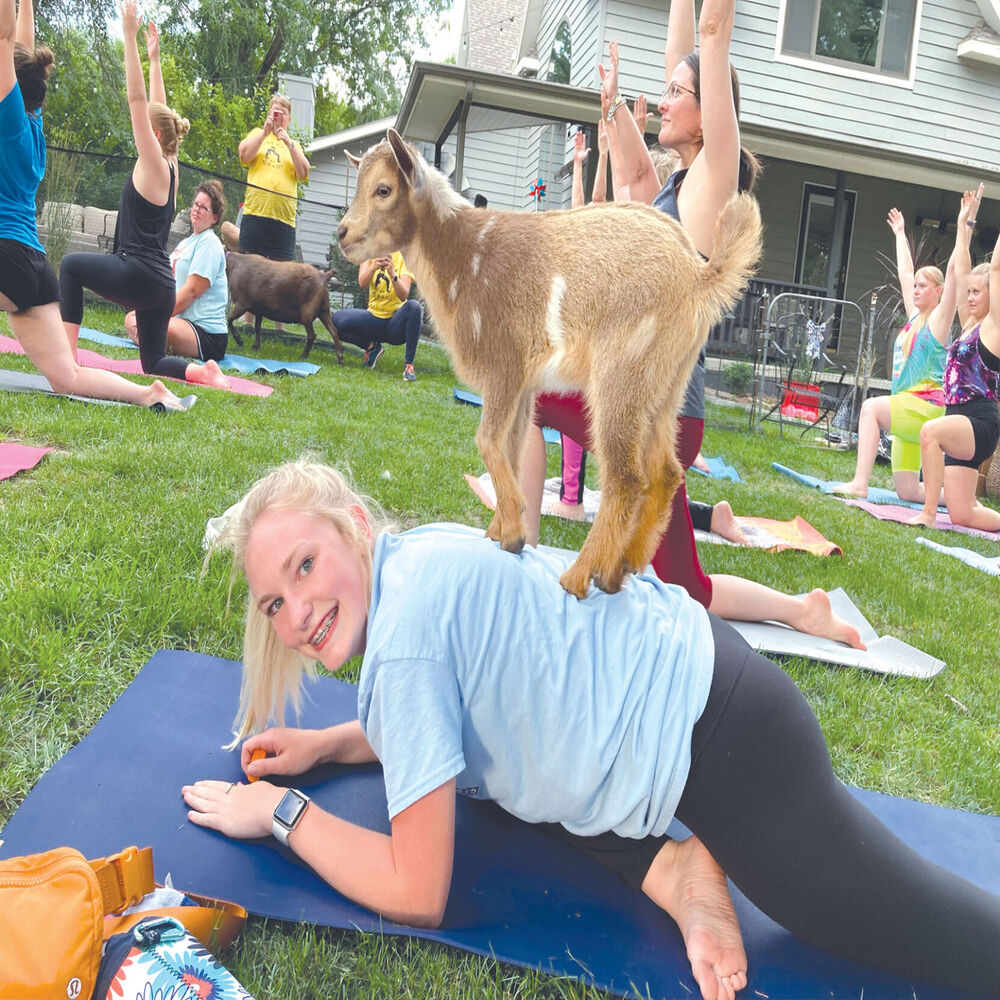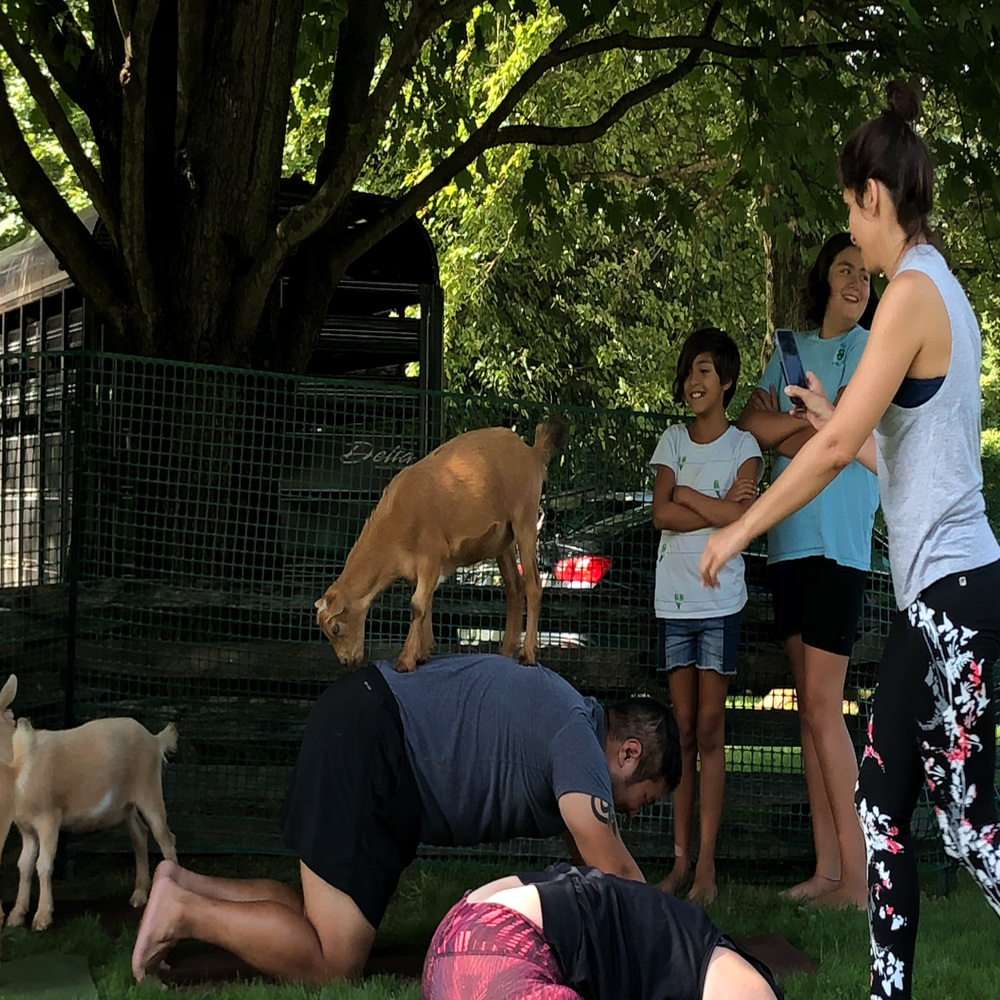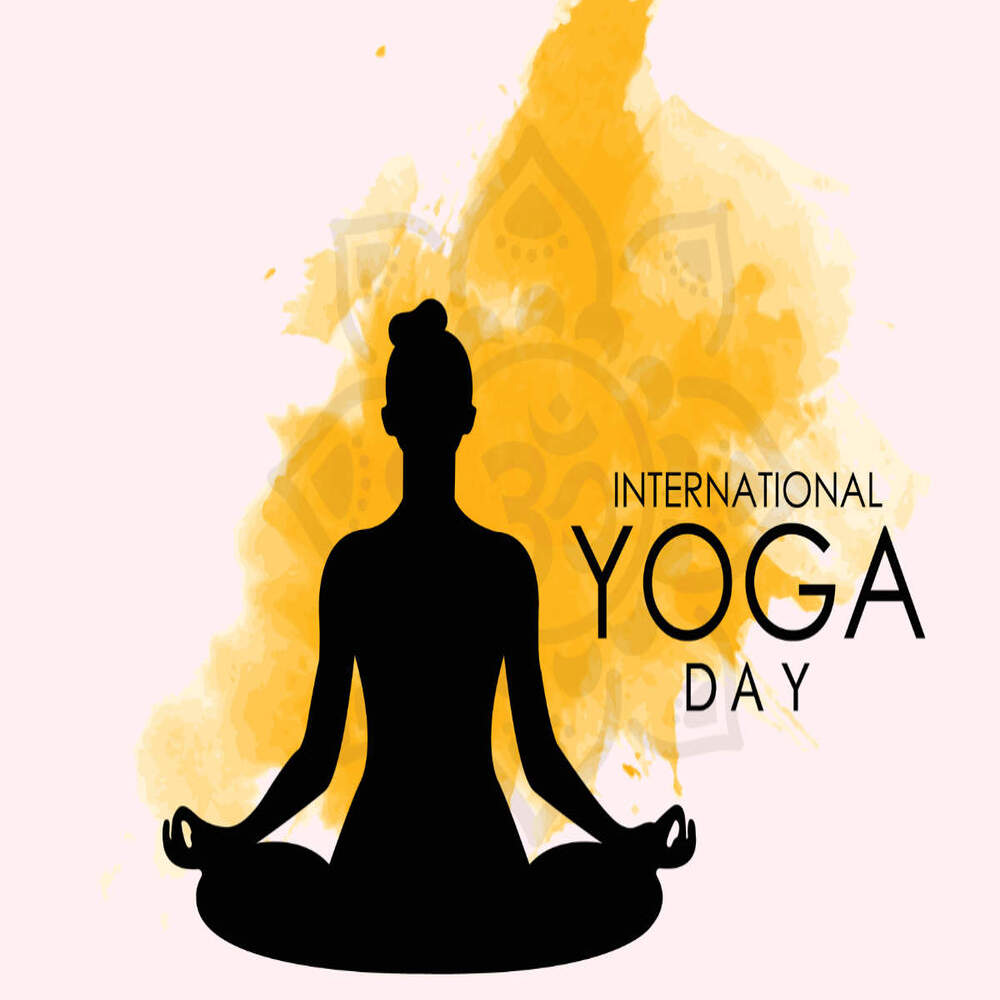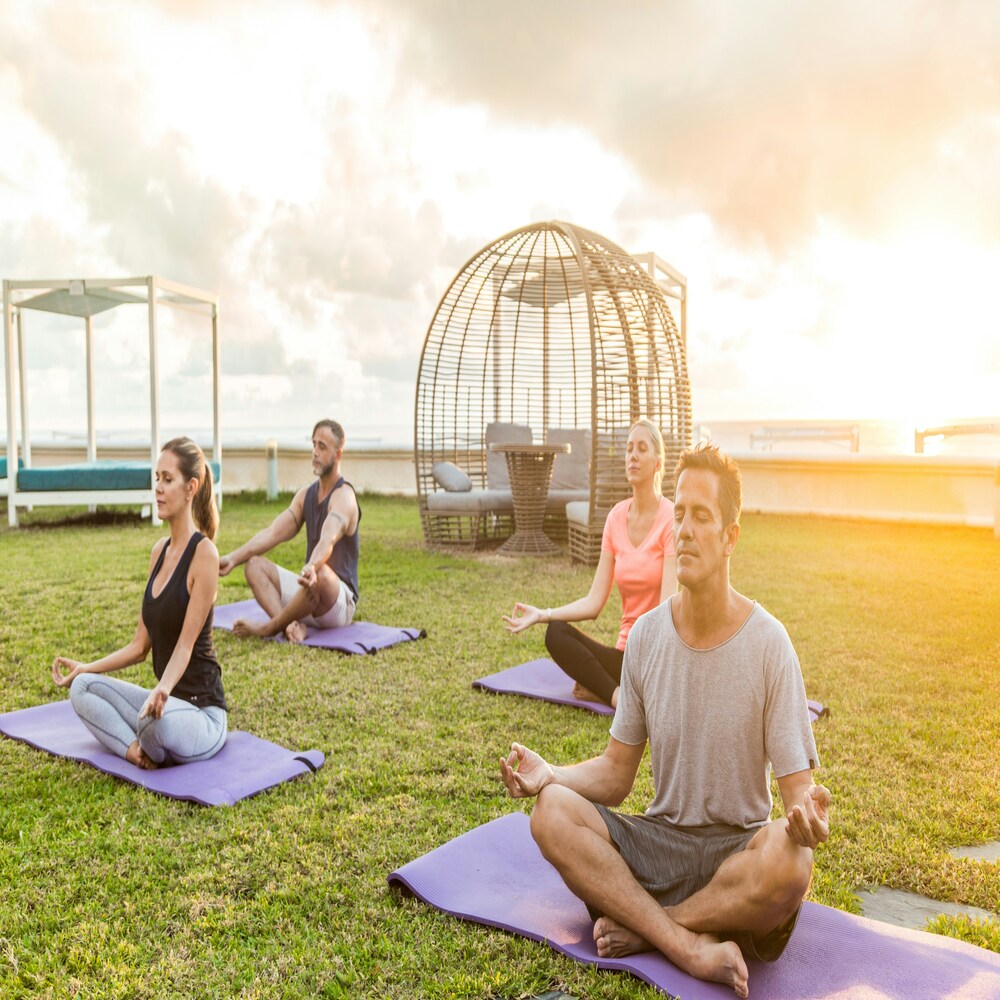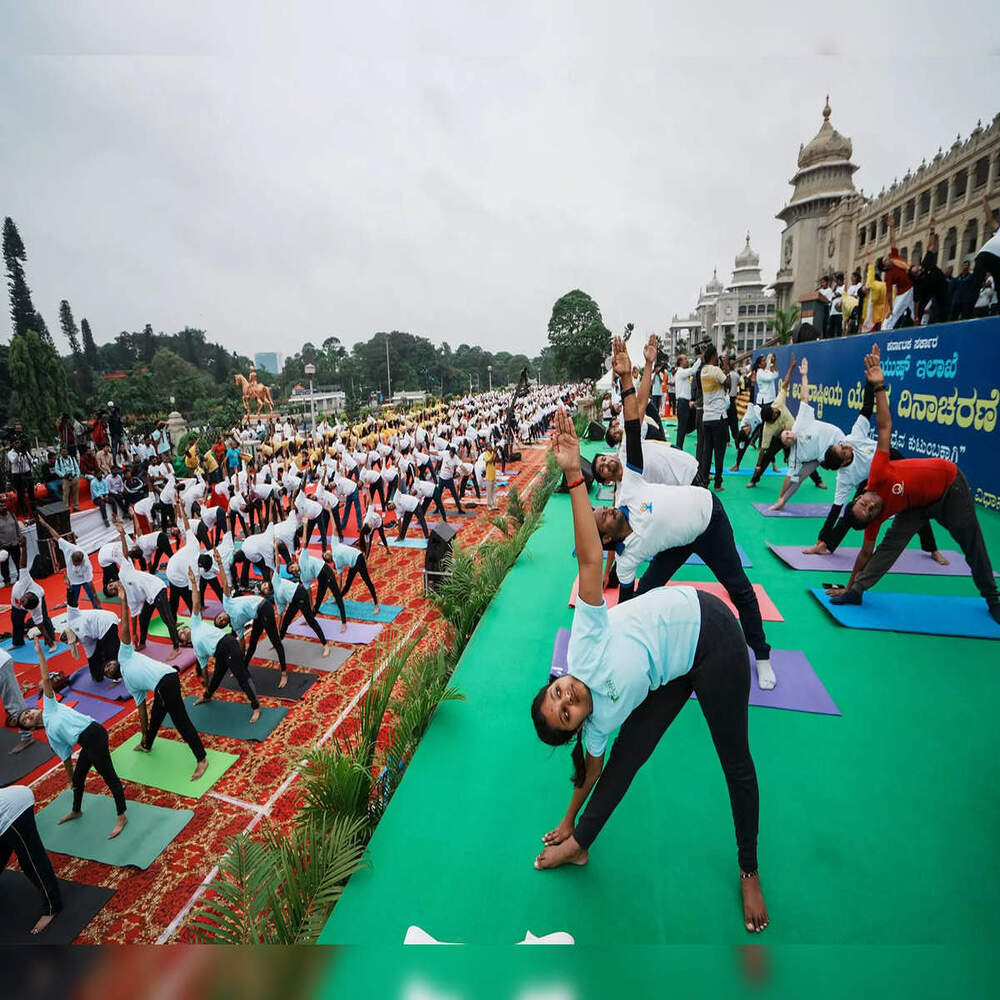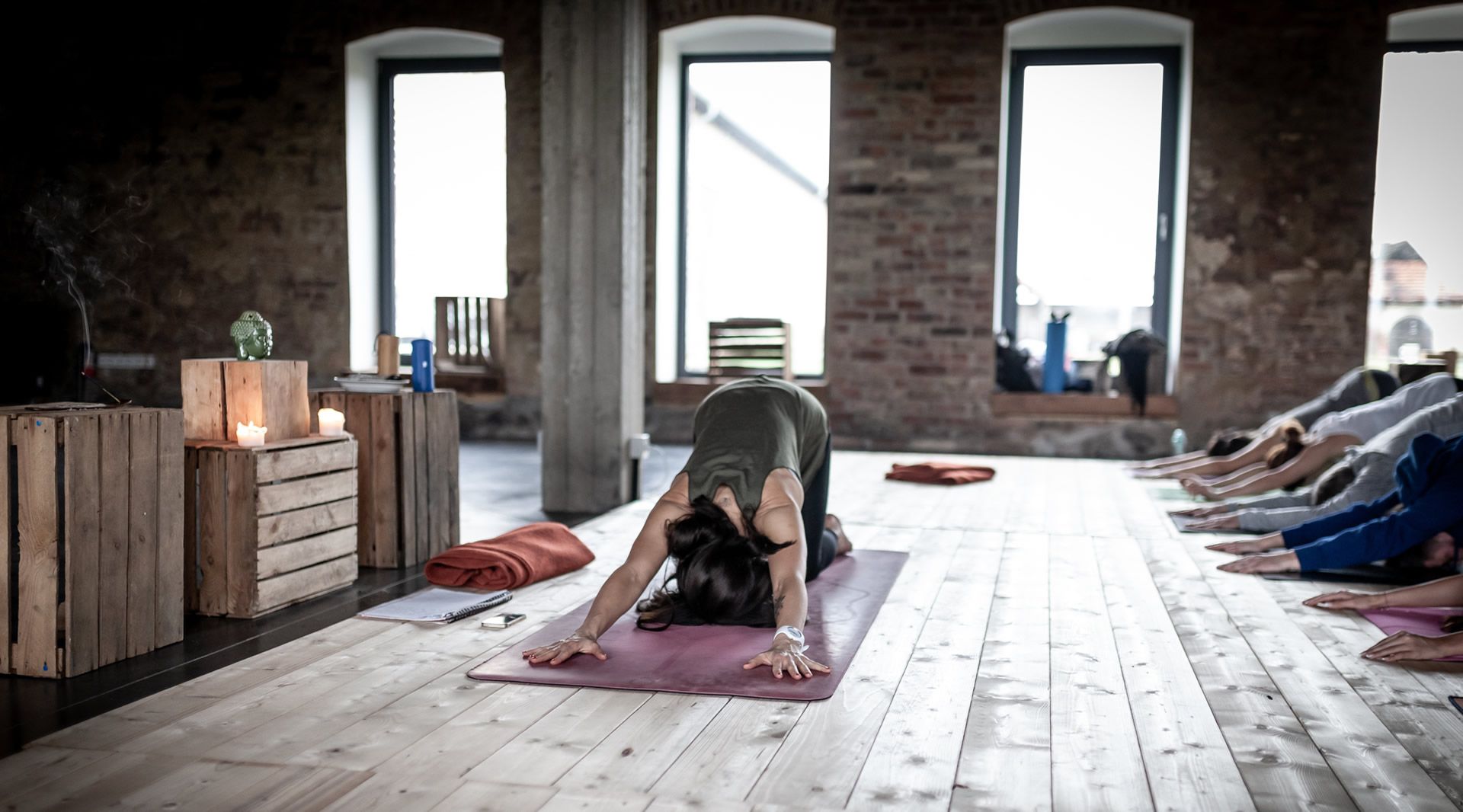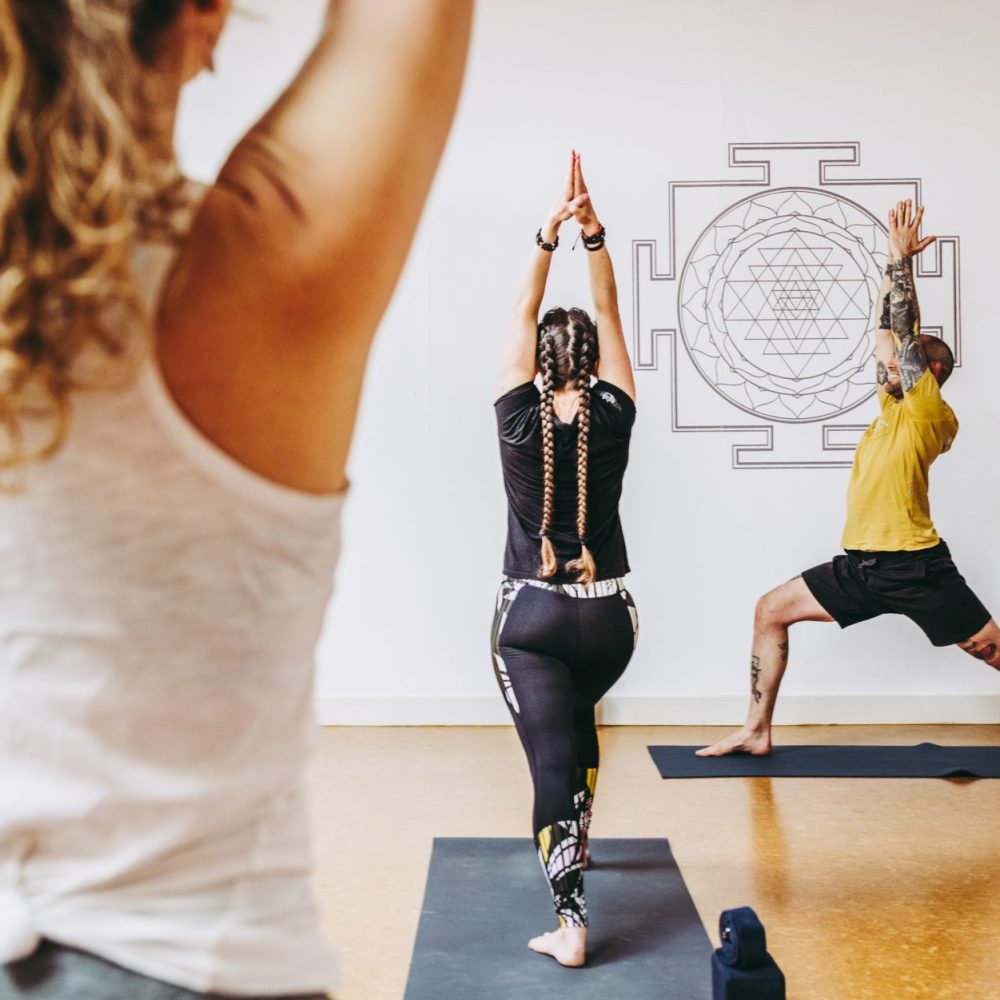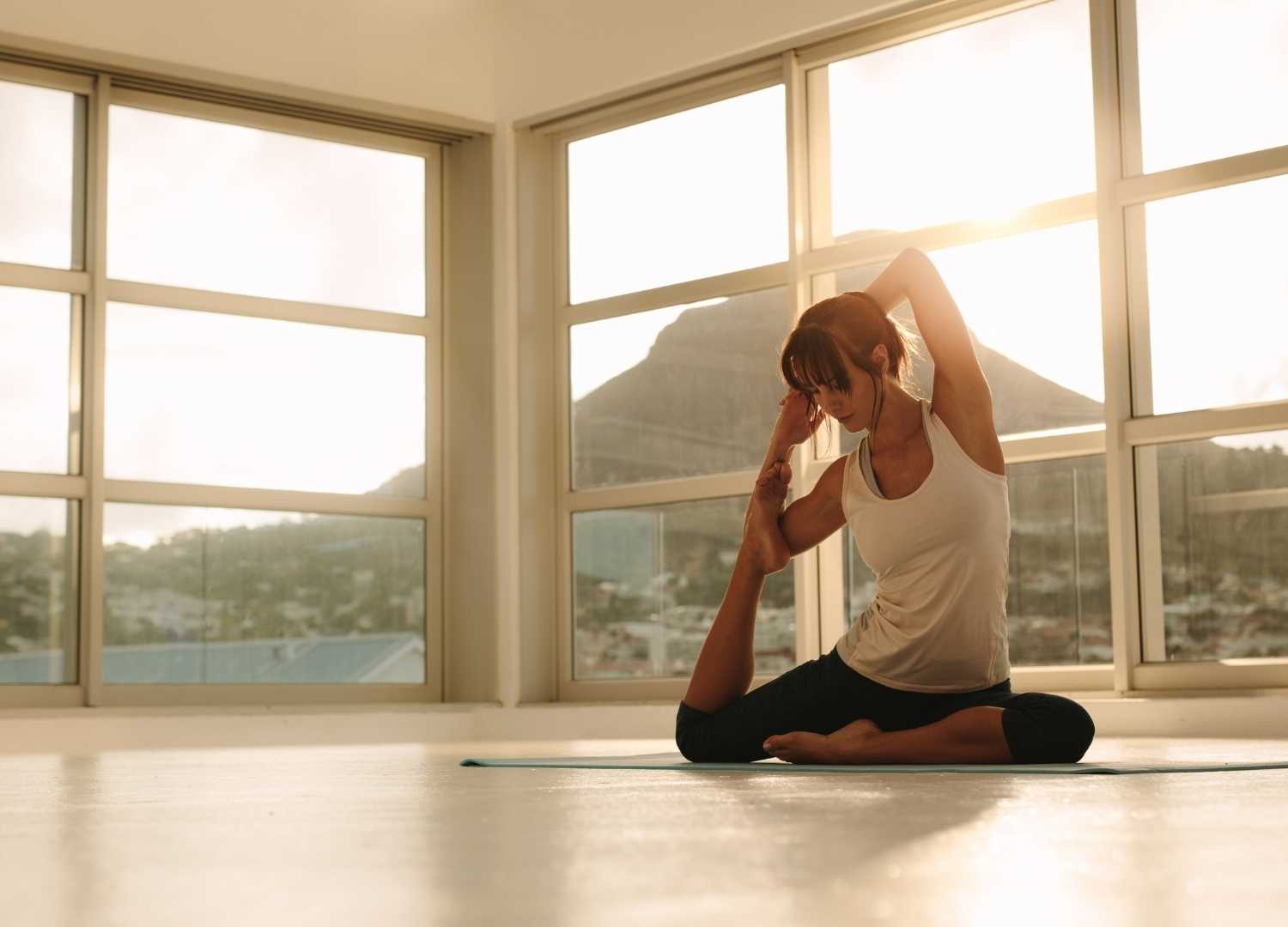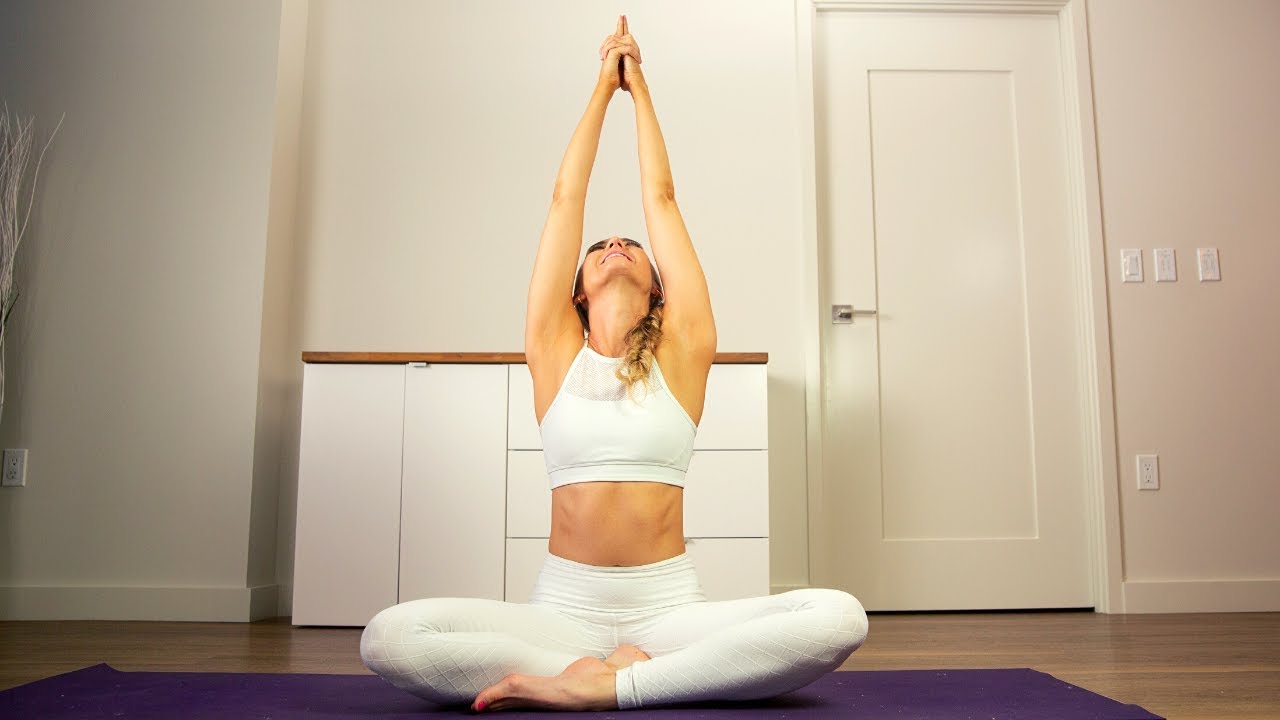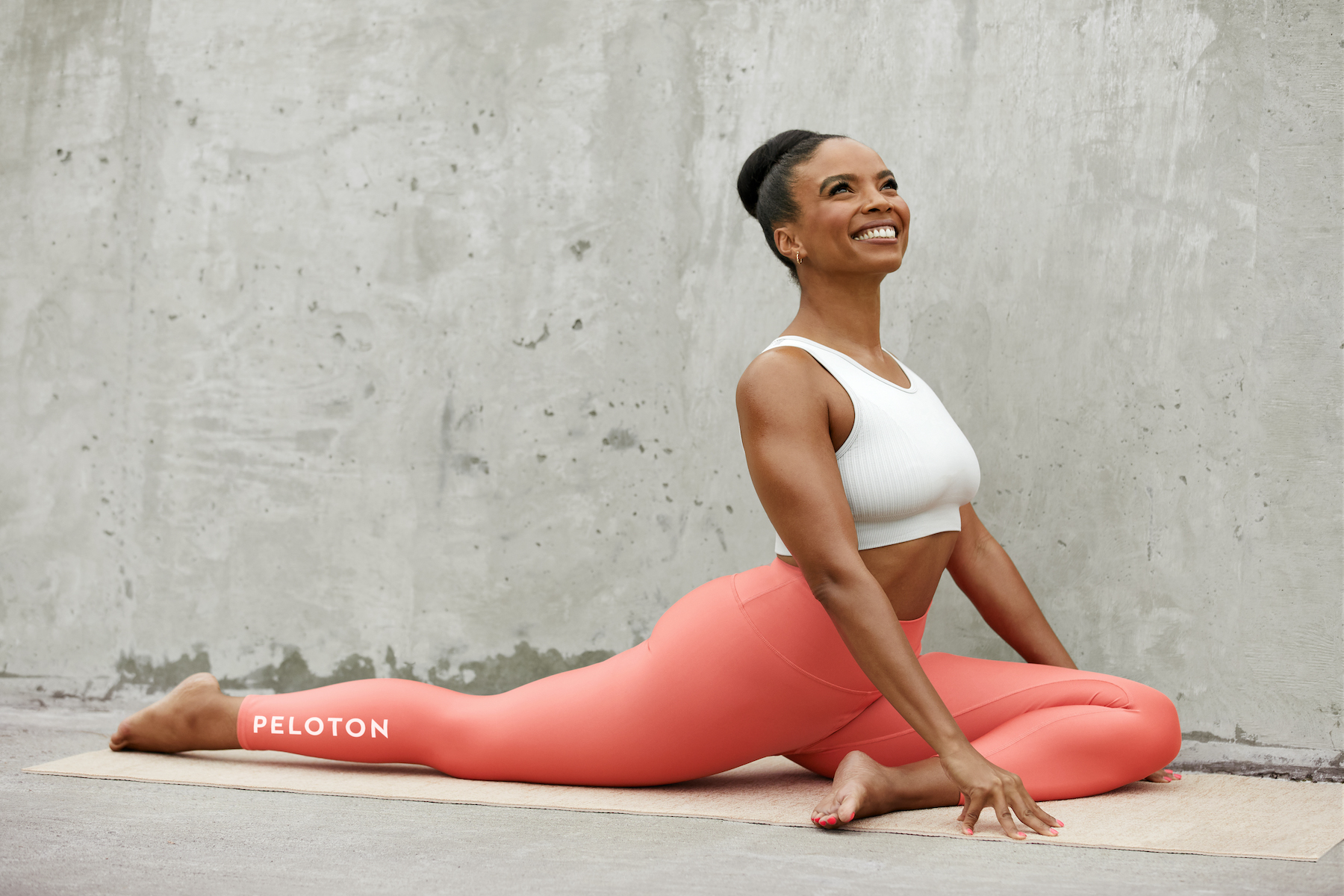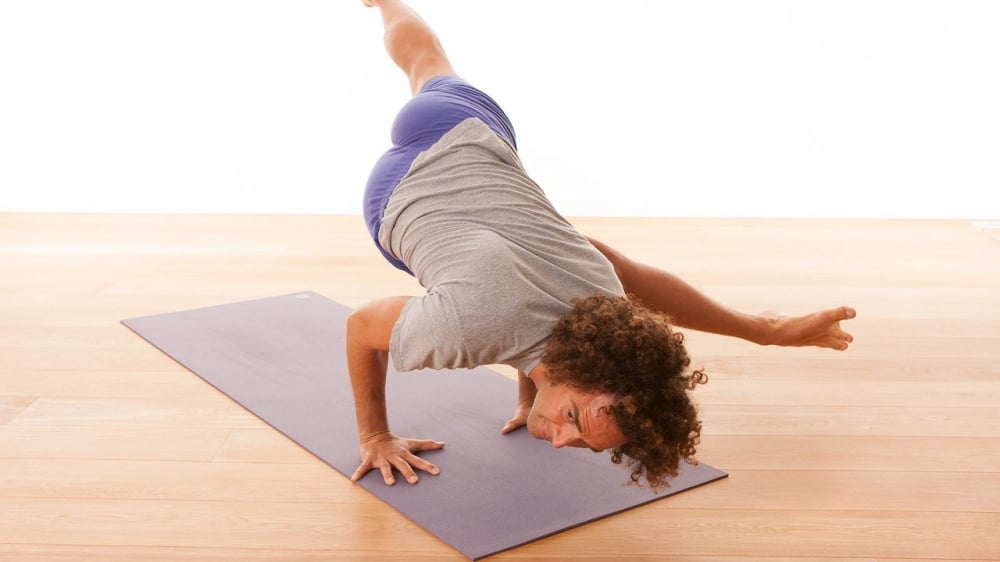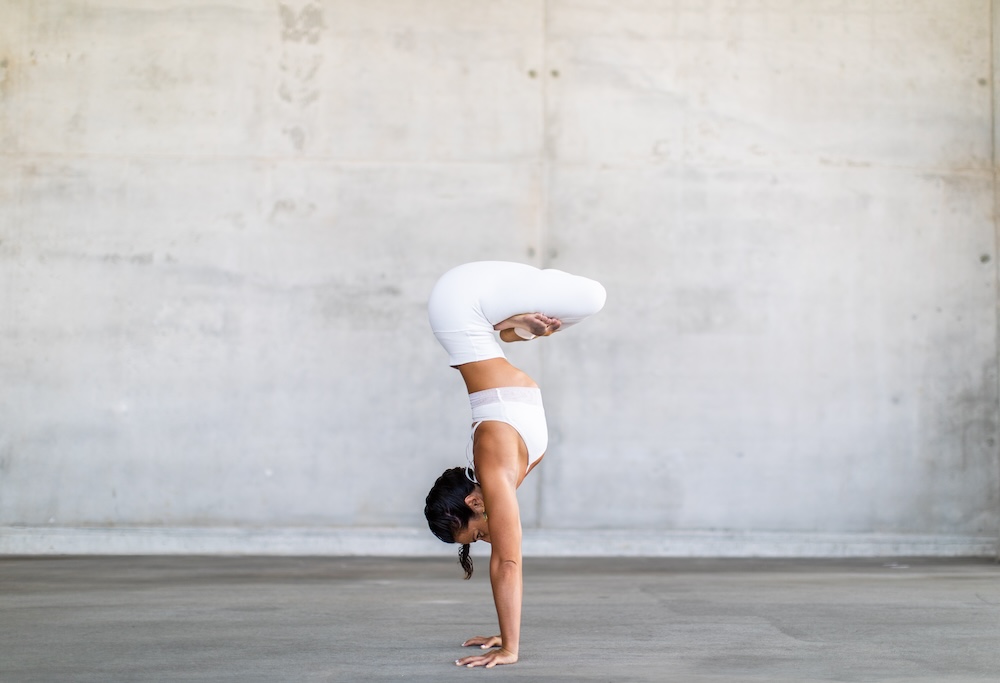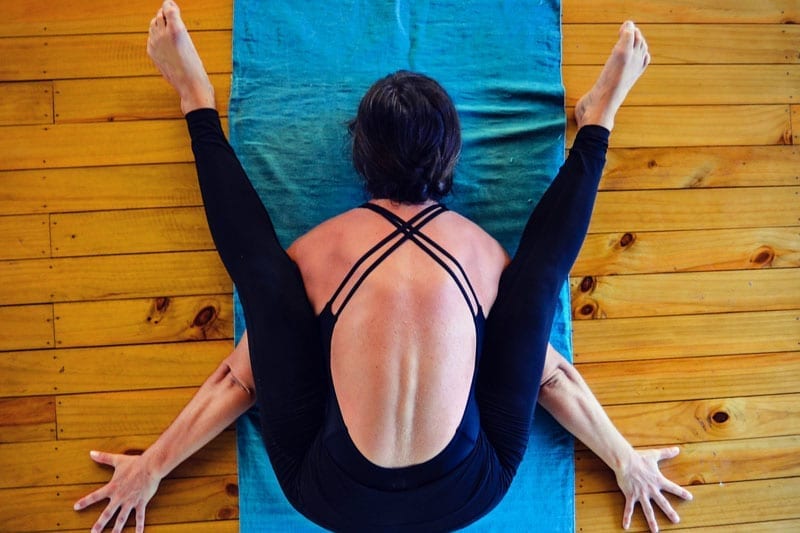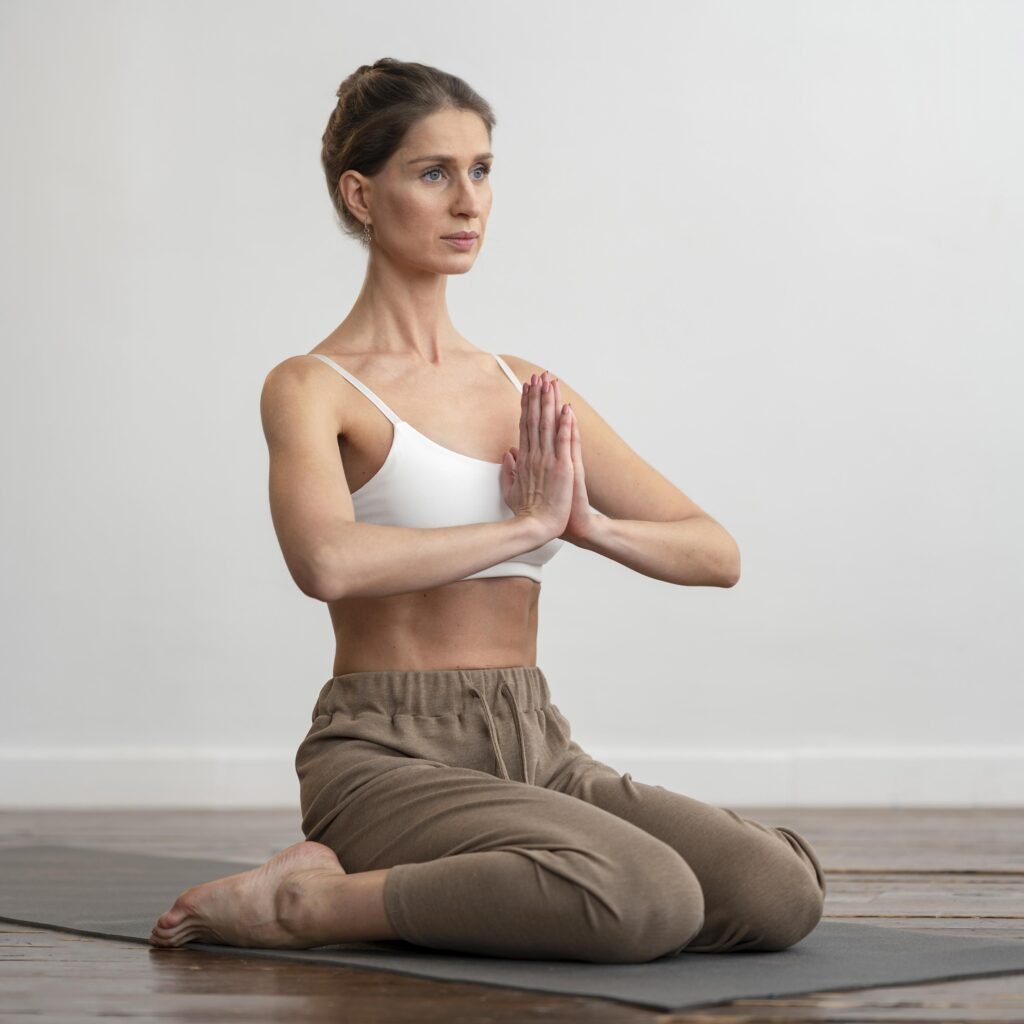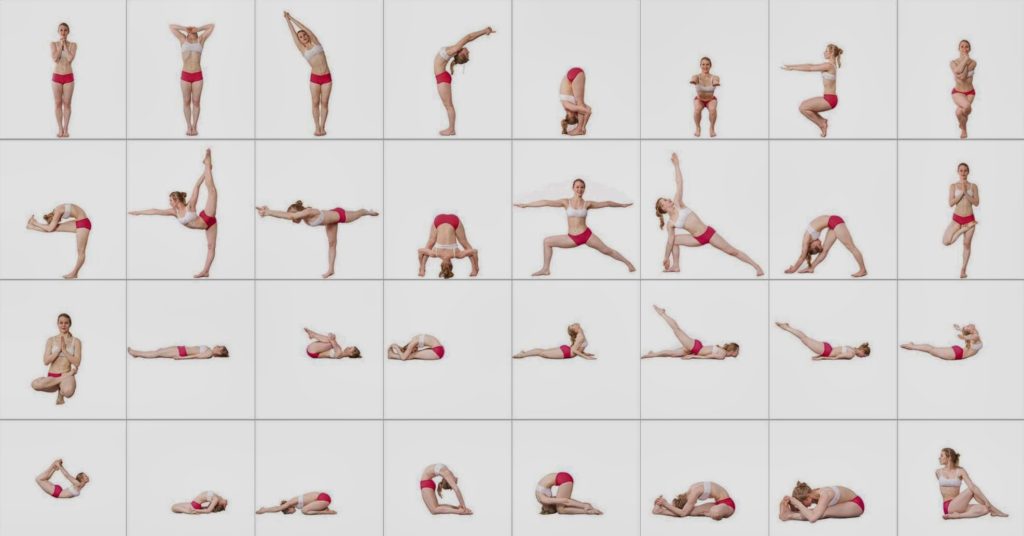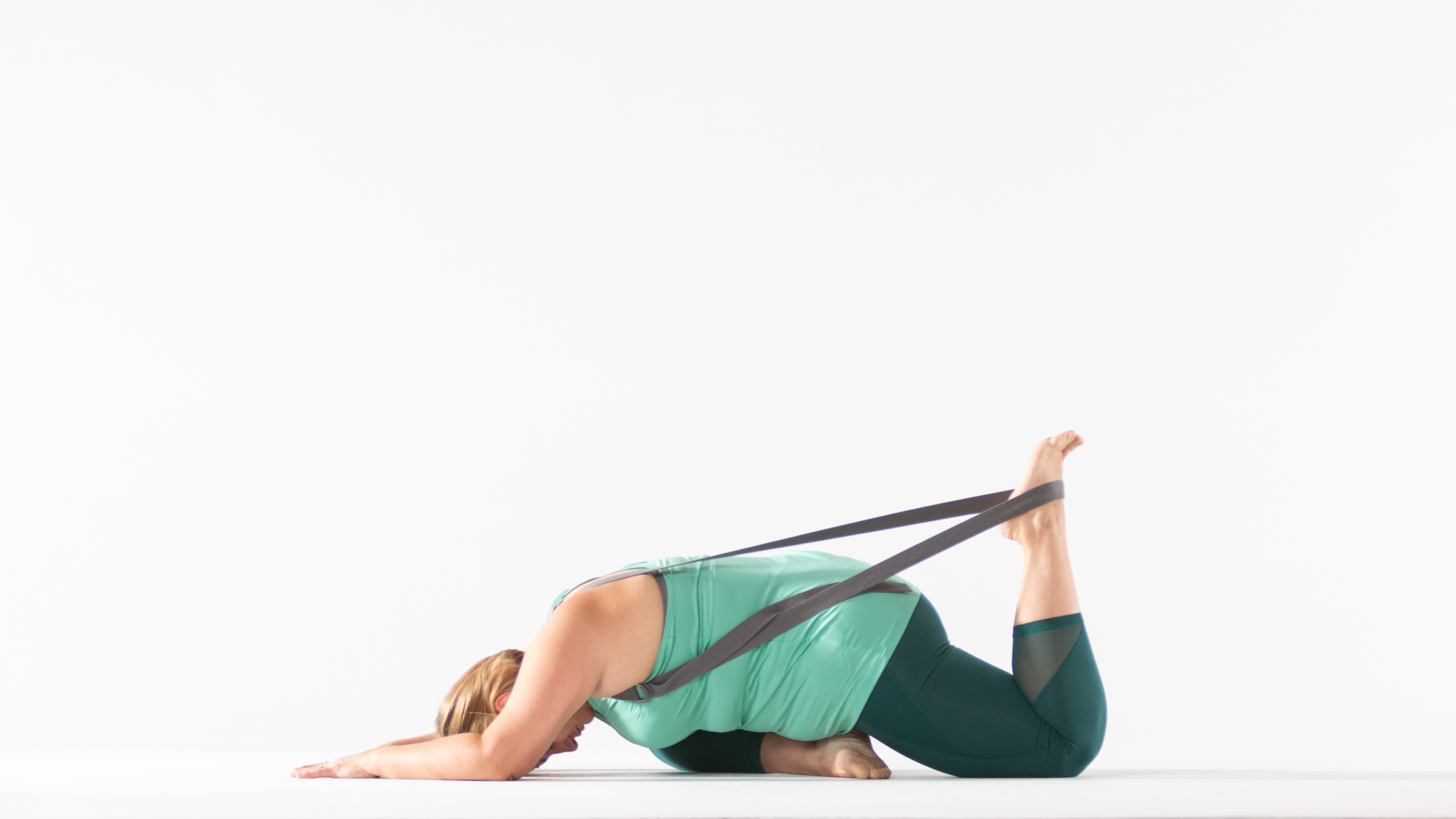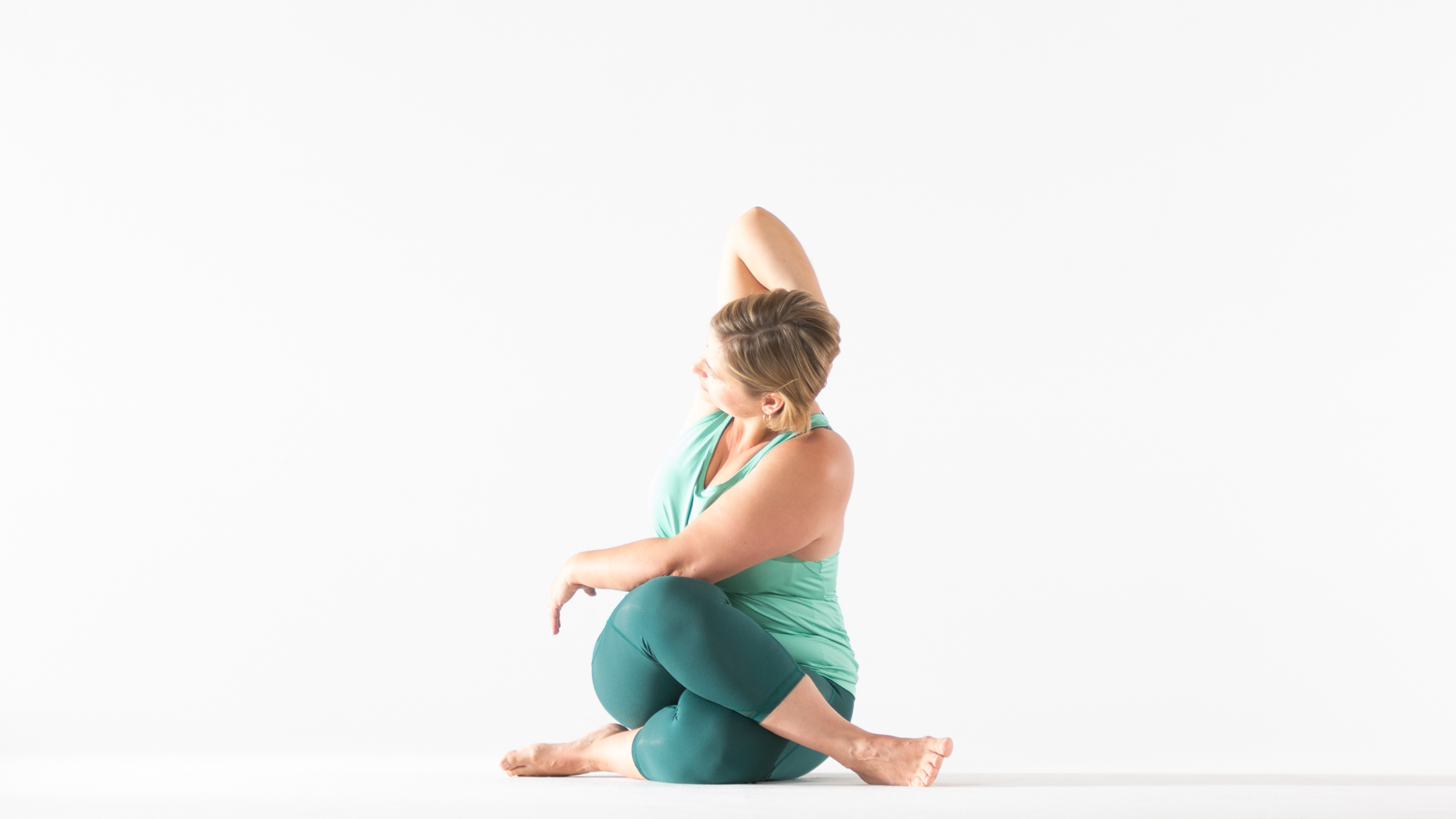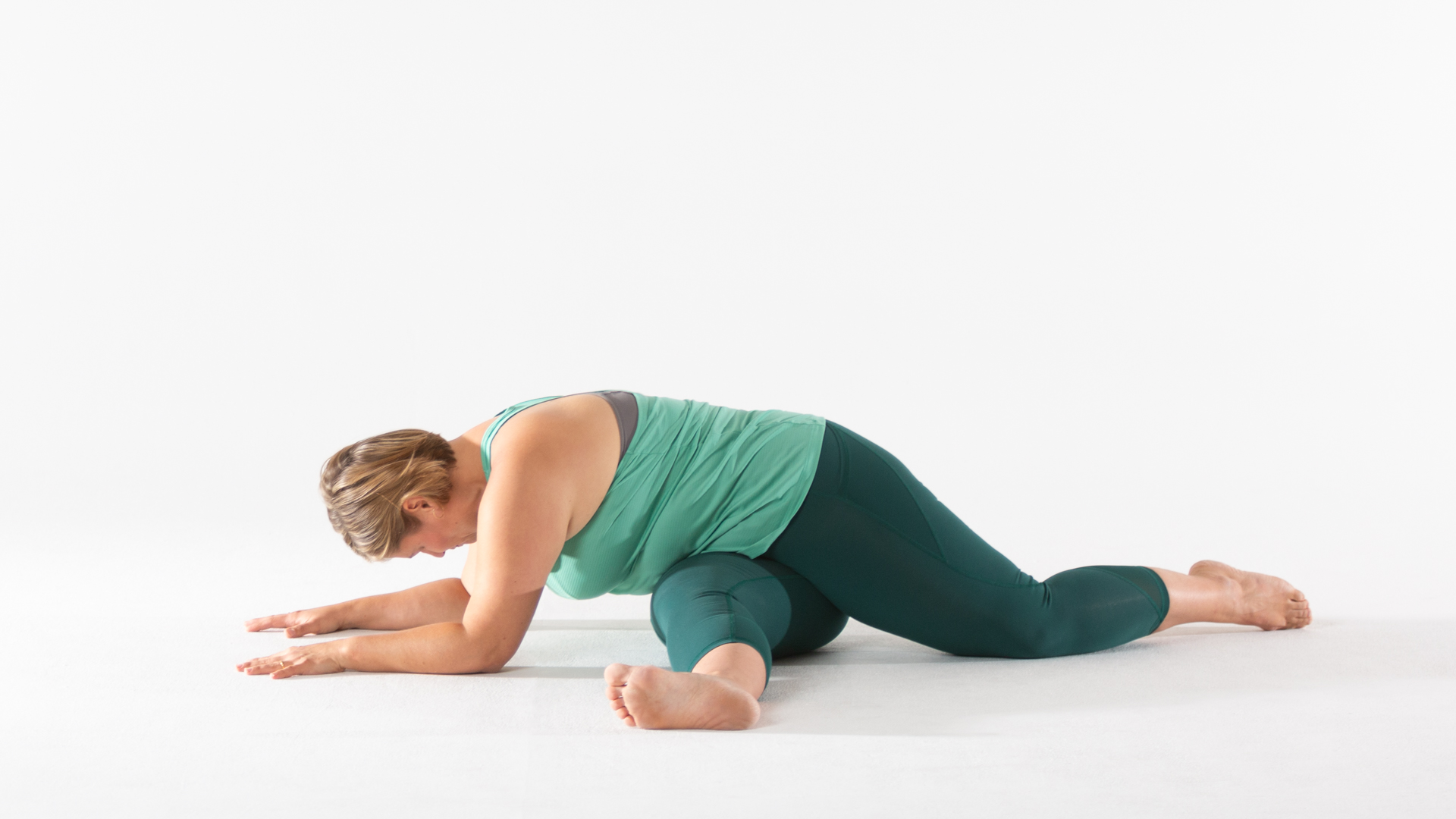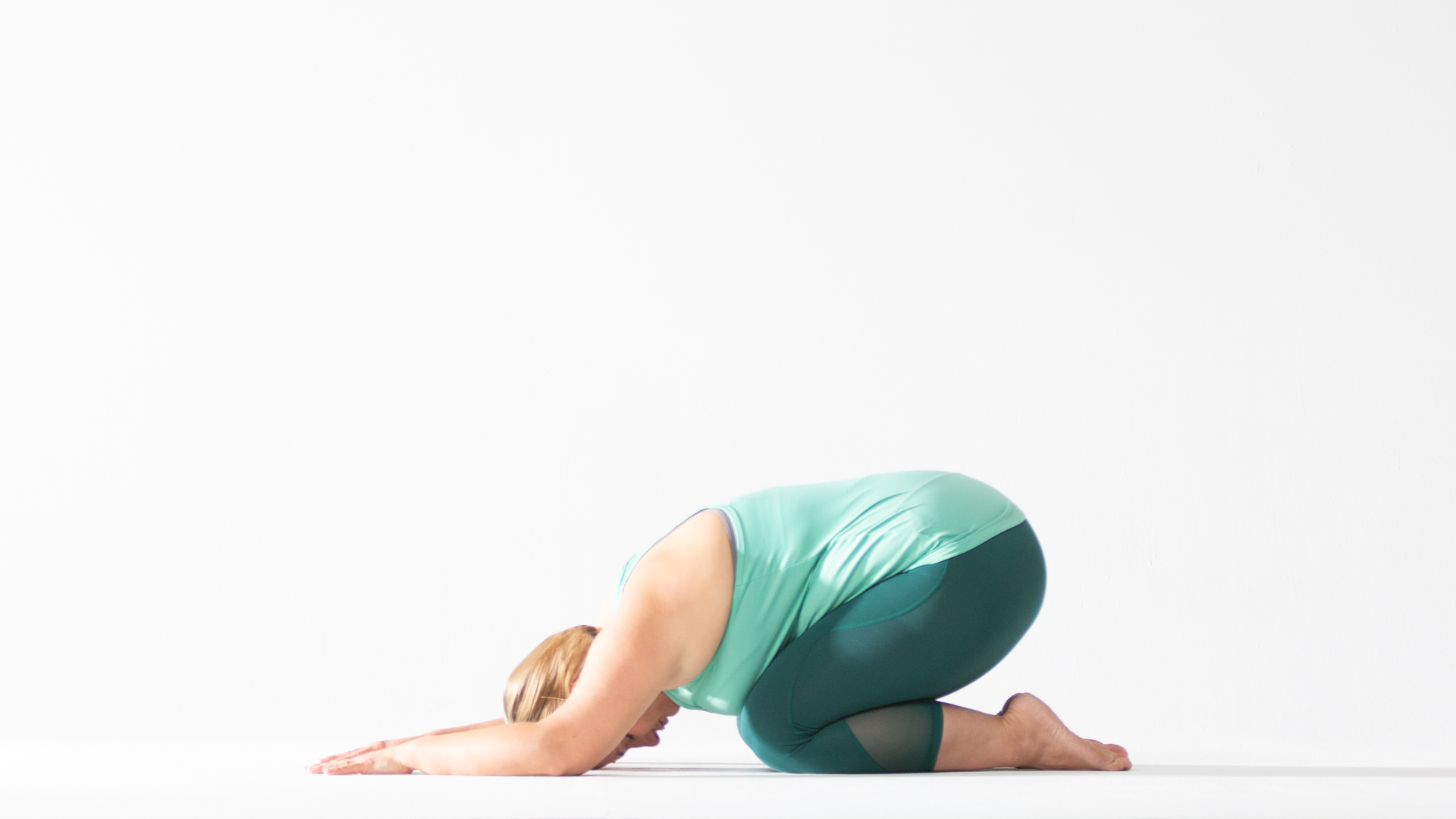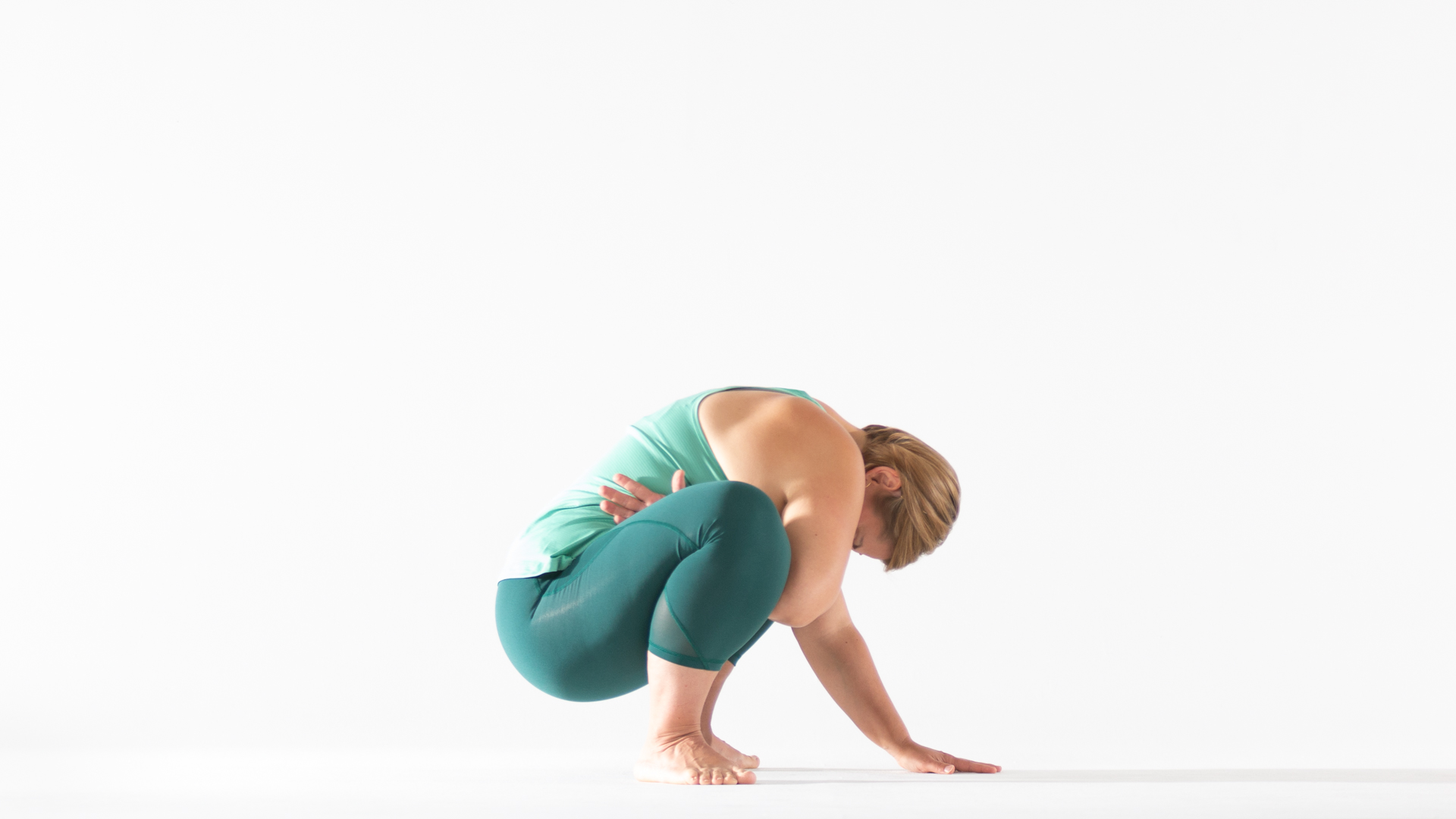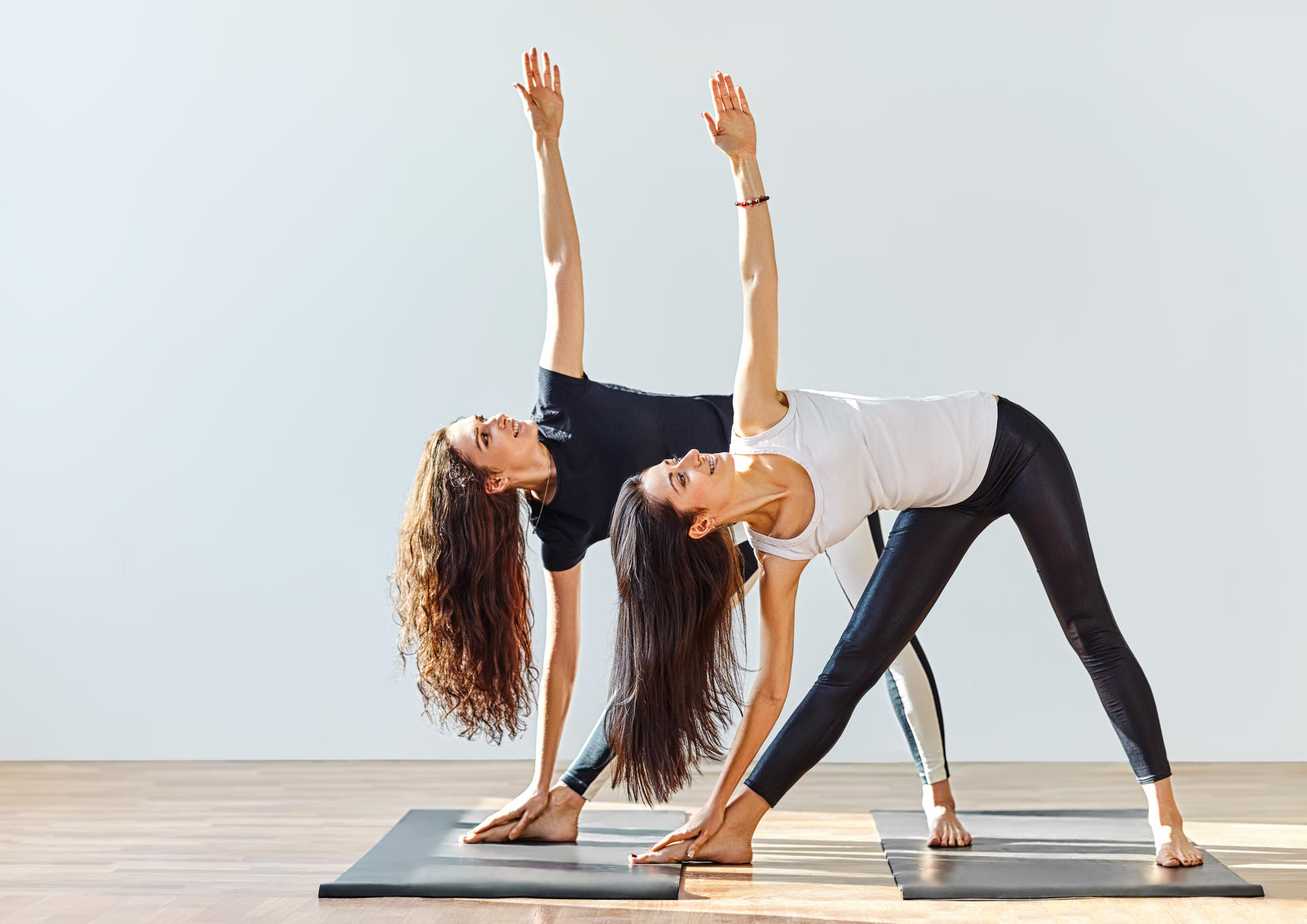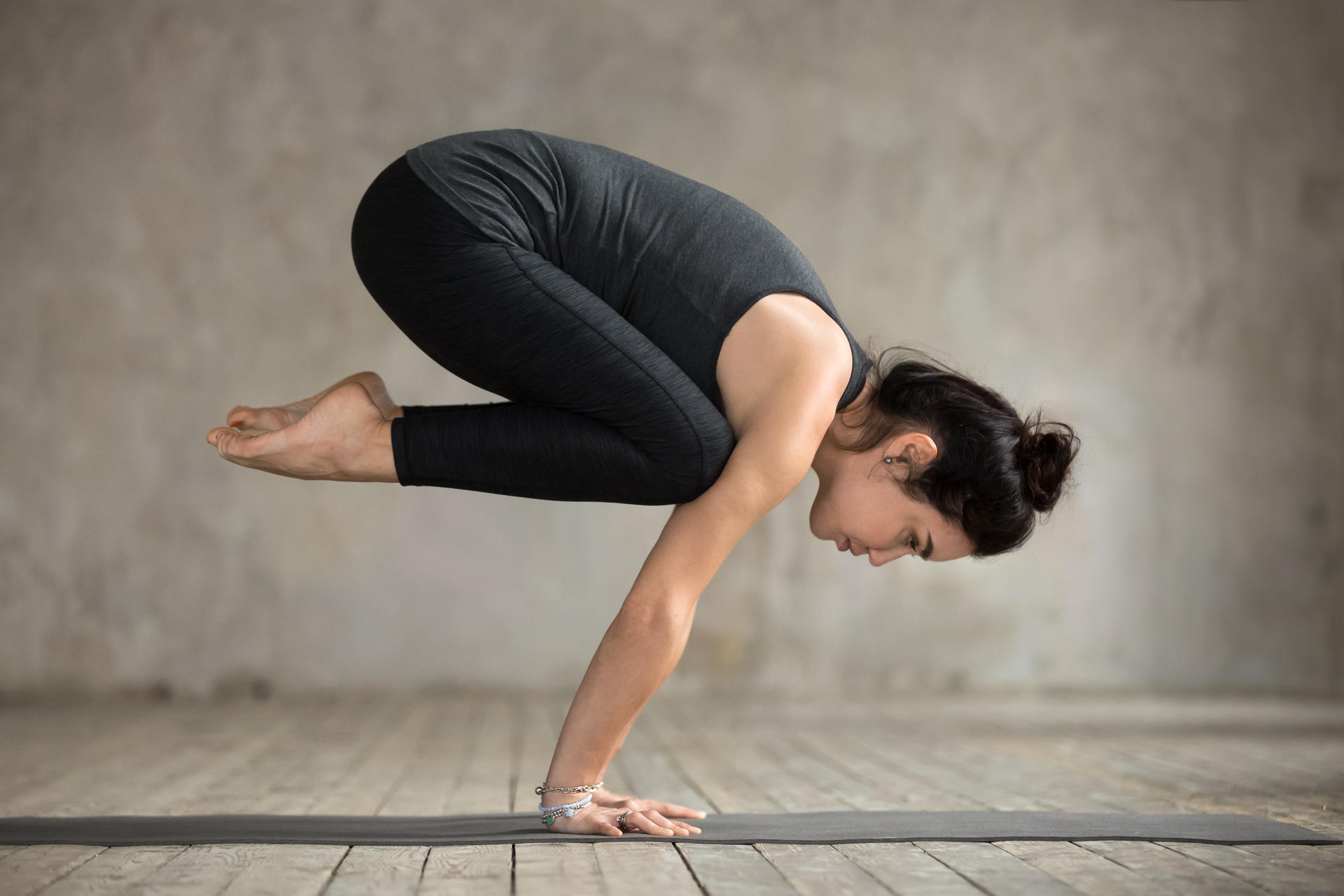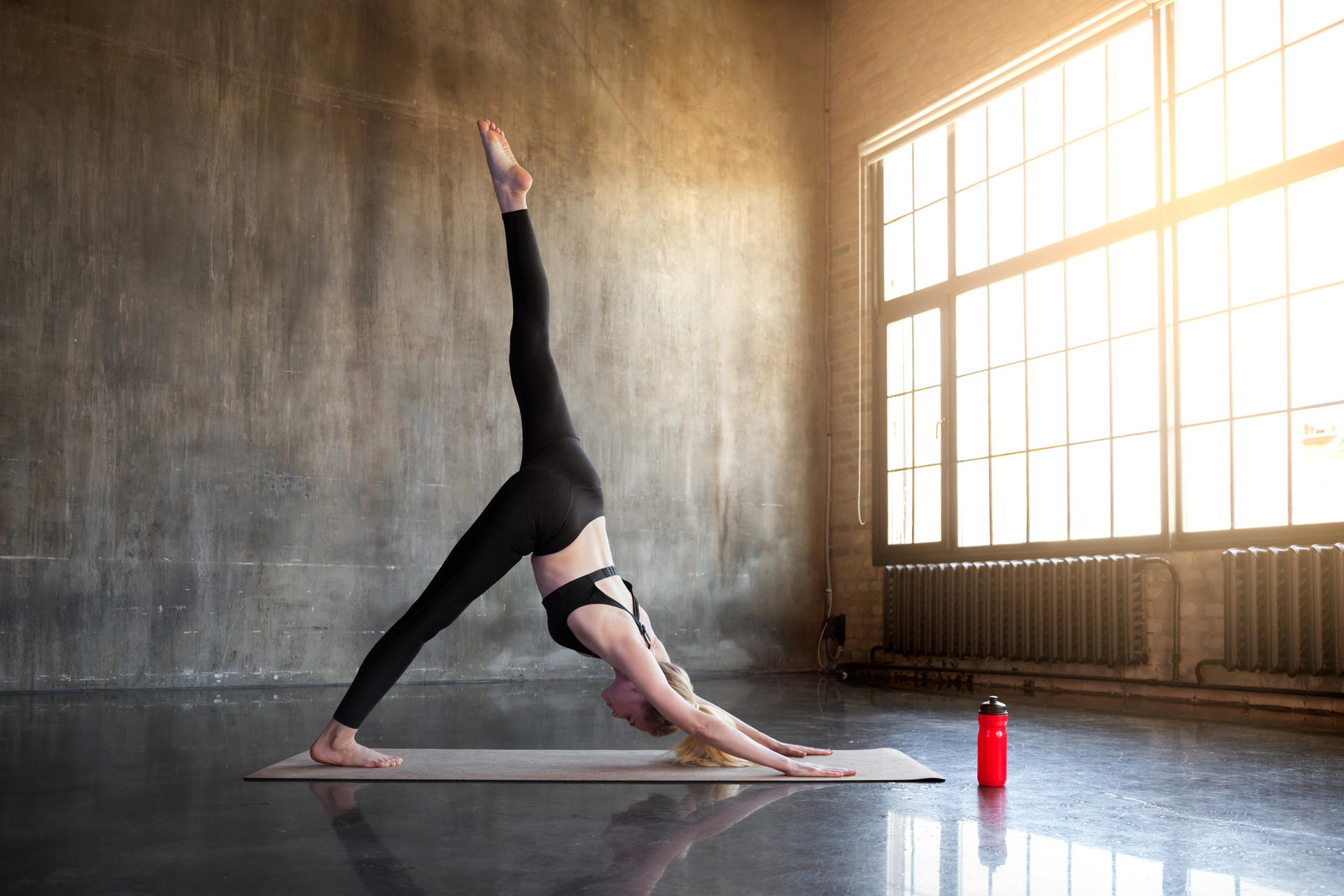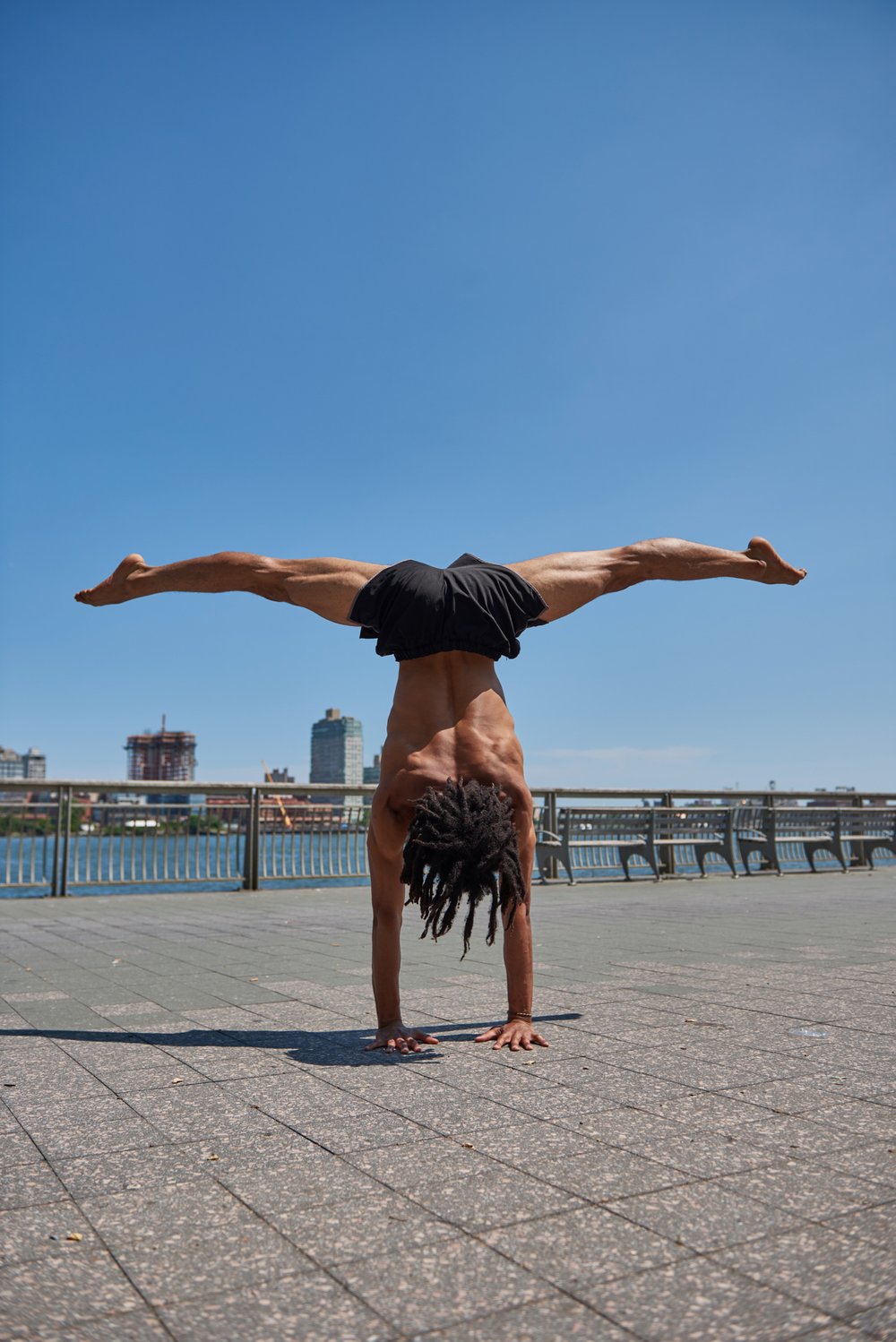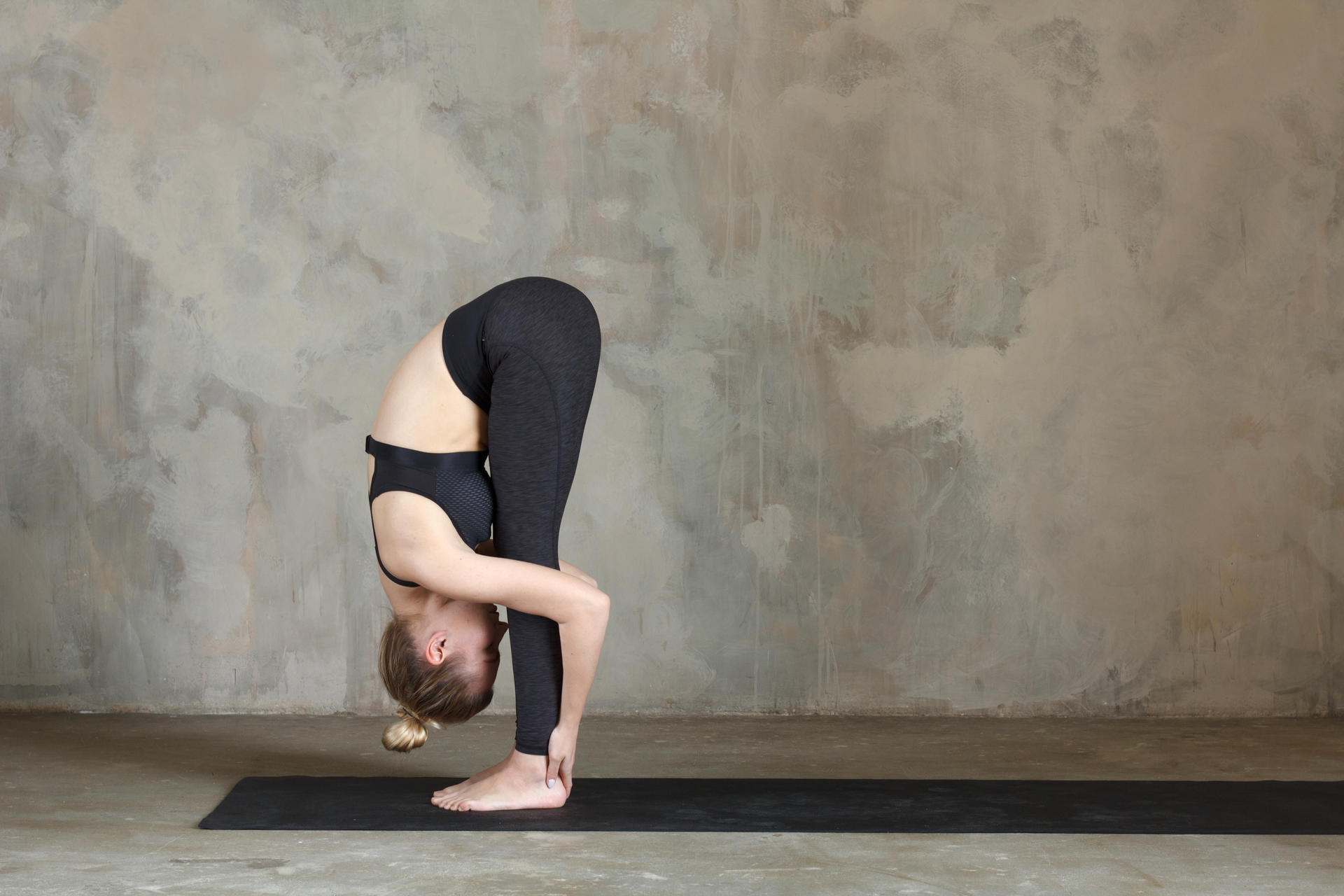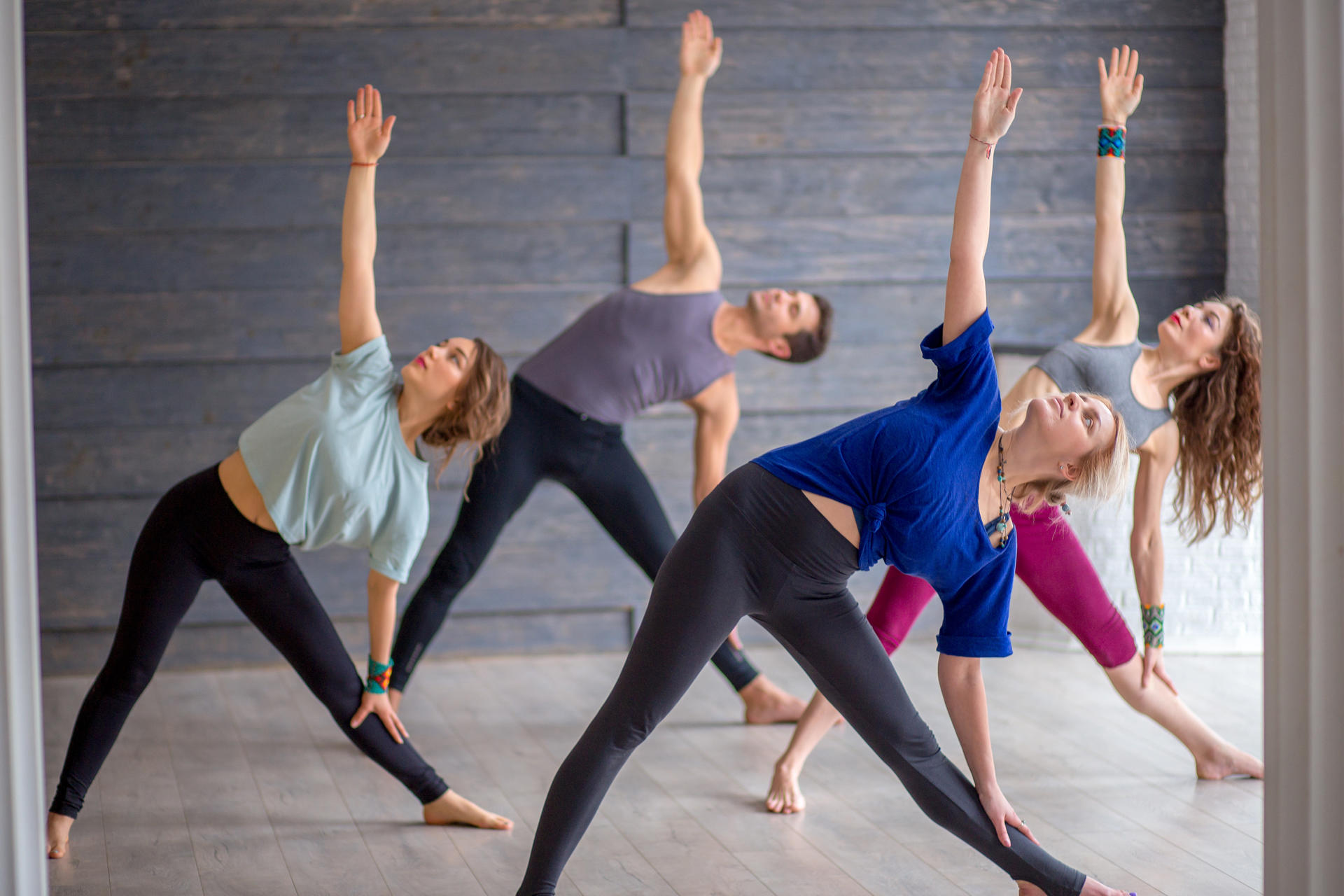In recent years, practices like meditation and yoga have gained popularity globally for their health benefits and ability to reduce stress. However, these practices often have spiritual and philosophical roots that may raise questions for Christians. Consequently, examining what the Bible says about meditation and yoga can provide clarity for those striving to live a faith-based life. Therefore, this article explores the biblical perspective on meditation and yoga, highlighting relevant scripture and theological insights. By understanding these views, Christians can make informed decisions about incorporating these practices into their lives.
Biblical View on Meditation
Meditation is often associated with Eastern religious practices, but it also has a significant place in Christian spirituality. Understanding the biblical view on meditation can help differentiate between secular and sacred practices. Therefore, exploring scriptural references and teachings on meditation is essential.

Meditation in Scripture
The Bible mentions meditation numerous times, emphasizing the importance of meditating on God’s word and His attributes. Psalm 1:2 states, “But his delight is in the law of the Lord, and on his law, he meditates day and night.” This verse highlights the practice of focusing one’s mind on scripture and reflecting on its meaning. Similarly, Joshua 1:8 instructs, “Keep this Book of the Law always on your lips; meditate on it day and night.” These passages illustrate that biblical meditation involves concentrated thought on God’s word and His teachings. Therefore, meditation in the Bible is about deeply engaging with scripture.
Purpose of Biblical Meditation
The purpose of biblical meditation differs from secular or Eastern meditation, which often emphasize clearing the mind or achieving a state of emptiness. Biblical meditation aims to deepen one’s relationship with God by contemplating His word and aligning one’s thoughts with His teachings. Philippians 4:8 supports this, stating, “Finally, brothers and sisters, whatever is true, whatever is noble, whatever is right, whatever is pure, whatever is lovely, whatever is admirable—if anything is excellent or praiseworthy—think about such things.” Thus, the goal is to focus on God’s truth and cultivate a mindset that is pleasing to Him. Therefore, the purpose of biblical meditation centers on spiritual growth and connection with God.
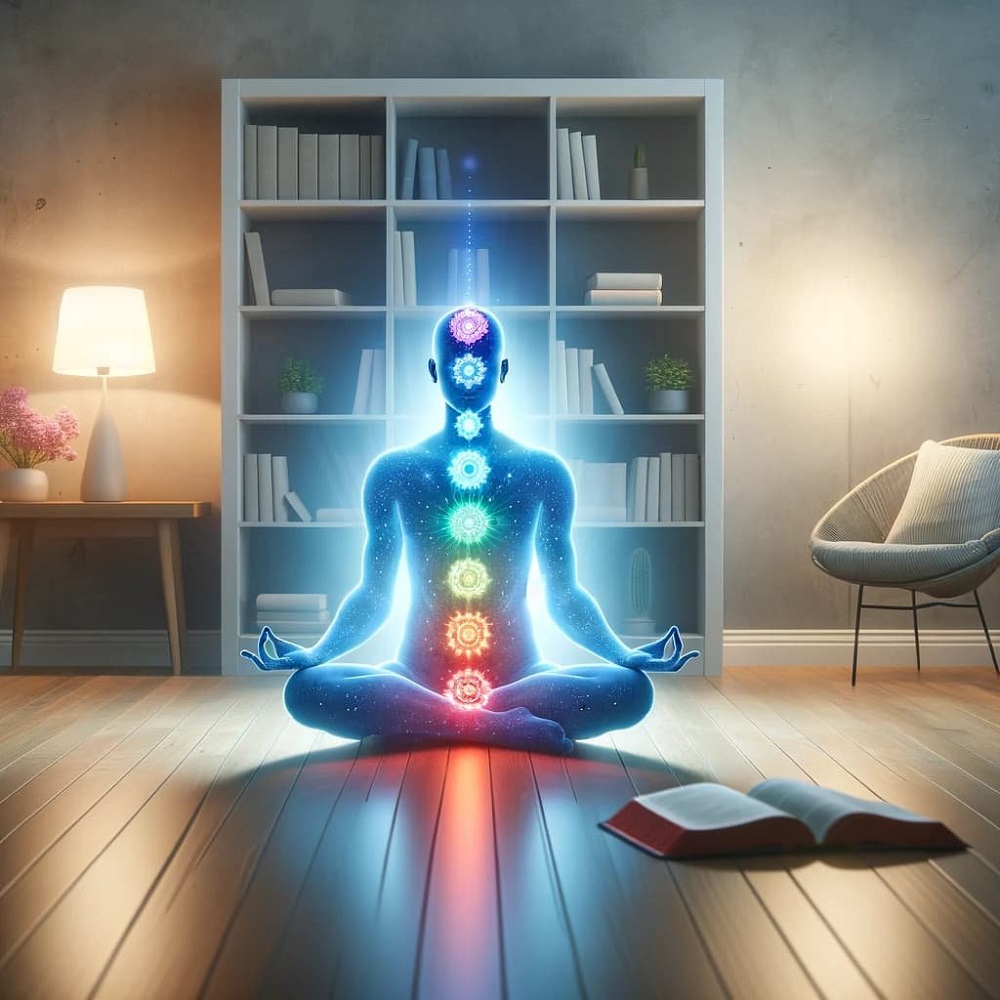
Biblical View on Yoga
Yoga, with its roots in Hindu philosophy, involves physical postures, breathing techniques, and meditation. This raises questions about its compatibility with Christian beliefs. Understanding the biblical view on yoga can help Christians decide whether to integrate it into their lifestyle. Therefore, exploring the origins and implications of yoga is important.
Yoga’s Spiritual Origins
Yoga has spiritual and philosophical origins in Hinduism, where it is considered a path to spiritual enlightenment and union with the divine. The physical postures, or asanas, were traditionally developed as a means to prepare the body for meditation and spiritual growth. This historical context can conflict with Christian doctrines, as the spiritual aspects of yoga are often intertwined with beliefs that differ from the Christian faith. Some Christians, therefore, express concern that practicing yoga may inadvertently expose them to non-Christian spiritual influences. Therefore, understanding yoga’s spiritual origins is crucial for assessing its compatibility with Christianity.
Christian Perspectives on Yoga
The Christian perspective on yoga varies widely. Some Christians adopt a cautious approach, believing that the physical benefits of yoga can be separated from its spiritual aspects. They practice yoga purely for its health benefits, such as flexibility, strength, and stress relief, while avoiding any spiritual or philosophical components. Others may integrate Christian elements, such as prayer or scripture readings, into their yoga practice to align it with their faith. Conversely, some Christians avoid yoga altogether, citing concerns about its spiritual roots and potential conflicts with their beliefs. Therefore, Christian perspectives on yoga range from cautious adaptation to complete avoidance.

Balancing Faith and Practice
For Christians interested in meditation and yoga, finding a balance that aligns with their faith is essential. Achieving this balance requires discernment and intentionality. Therefore, exploring ways to harmonize these practices with Christian beliefs is important.
Incorporating Christian Meditation
Christians can incorporate meditation in a way that aligns with their faith by focusing on scripture, prayer, and reflection on God’s attributes. Setting aside time each day for meditation on biblical passages can enhance one’s understanding and connection with God. Tools such as devotionals, guided meditations, and Christian meditation apps provide structured ways to engage in this practice. Moreover, integrating prayer into meditation sessions helps maintain a Christ-centered focus. By doing so, Christians can experience the benefits of meditation while deepening their spiritual journey. Therefore, incorporating Christian meditation provides a faith-based approach to this practice.
Adapting Yoga Practice
For those who wish to practice yoga, adapting it to align with Christian principles is possible. Christians can focus on the physical benefits of yoga, such as improving flexibility, strength, and relaxation, while avoiding spiritual elements that conflict with their faith. Additionally, creating a Christ-centered environment during yoga sessions, such as playing worship music or incorporating prayer and scripture readings, can help maintain a focus on God. By being intentional about separating the physical aspects of yoga from its spiritual origins, Christians can enjoy the health benefits without compromising their beliefs. Therefore, adapting yoga practice allows Christians to balance physical well-being with spiritual integrity.
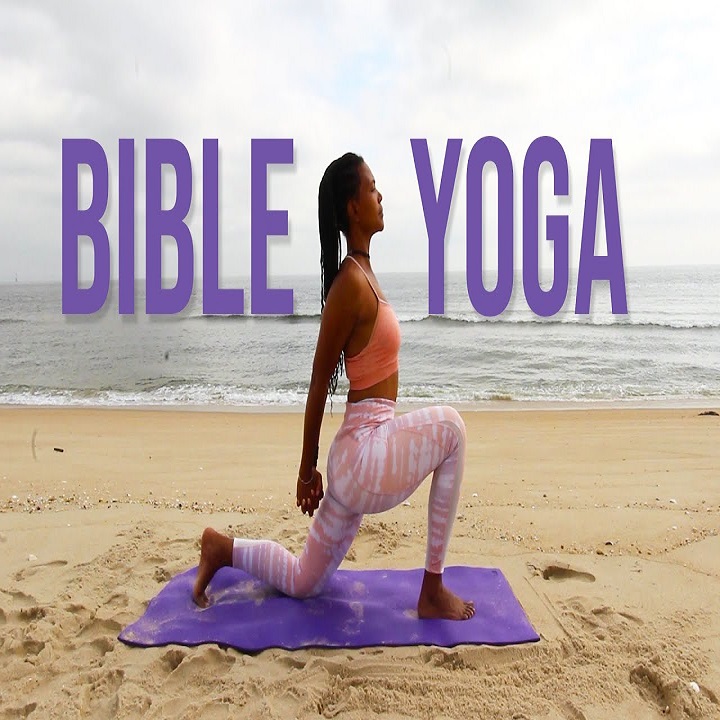
Common Misconceptions
Addressing common misconceptions about meditation and yoga helps clarify their place in a Christian context. Understanding these misconceptions ensures informed and balanced perspectives. Therefore, exploring common misconceptions is important for clarity.
Misconception: Meditation is Only for Eastern Religions
A common misconception is that meditation is solely an Eastern religious practice. While meditation is significant in religions like Buddhism and Hinduism, it also has deep roots in Christianity. Biblical meditation involves reflecting on God’s word and contemplating His nature. It is a vital part of Christian spirituality, aimed at fostering a closer relationship with God. By understanding this, Christians can embrace meditation without feeling conflicted about its origins. Therefore, clarifying this misconception helps Christians appreciate the biblical basis for meditation.
Misconception: All Yoga is Spiritual
Another misconception is that all yoga practice is inherently spiritual. While yoga’s origins are spiritual, modern yoga can be practiced purely for its physical benefits. Many yoga classes today focus solely on physical postures and breathing techniques, without incorporating spiritual or religious elements. By choosing classes and instructors that align with their values, Christians can practice yoga without engaging in its spiritual aspects. Understanding this distinction allows Christians to make informed decisions about their yoga practice. Therefore, addressing this misconception clarifies that yoga can be adapted to suit different needs and beliefs.

What Does the Bible Say About Meditation and Yoga?
Meditation and yoga have become popular practices for physical and mental well-being, but their compatibility with biblical teachings is a subject of debate among Christians. The Bible emphasizes meditation as a way to focus on God’s word and seek His wisdom. Psalm 1:2-3 states, “But his delight is in the law of the Lord, and on his law he meditates day and night.” This type of meditation involves reflecting deeply on Scripture to align one’s thoughts with God’s truth.
Regarding yoga, Christians hold varied perspectives. Some view it solely as a physical exercise beneficial for health, while others caution against its spiritual components, which may contradict Christian beliefs. Yoga’s origins in Hinduism and its spiritual practices like chanting and meditation on deities raise concerns about syncretism.
Ultimately, Christians are encouraged to exercise discernment (1 Thessalonians 5:21) and ensure that any practice aligns with biblical principles and does not lead them away from faith in Christ. While physical exercise and meditation can promote wellness, Christians are advised to prioritize spiritual health by focusing on God’s truth and cultivating a relationship with Him through prayer and Scripture.
Conclusion: Finding Harmony in Faith and Wellness
Meditation and yoga offer numerous benefits for mental, physical, and spiritual well-being. By understanding the biblical perspective on these practices, Christians can make informed decisions about incorporating them into their lives.
Scripture highlights the importance of meditation as a means to focus on God’s word and deepen one’s relationship with Him. Yoga, though rooted in Hindu philosophy, can be adapted to emphasize physical wellness while maintaining a Christ-centered focus. In 2024, pay more attention to your health.
Balancing faith and practice involves integrating prayer and scripture into meditation and yoga sessions, ensuring that these practices align with Christian principles. Addressing common misconceptions further clarifies their place in a Christian context.
Therefore, by discerning and adapting these practices thoughtfully, Christians can experience their benefits while remaining true to their faith. Embrace this balanced approach to enhance your spiritual journey and overall well-being.
